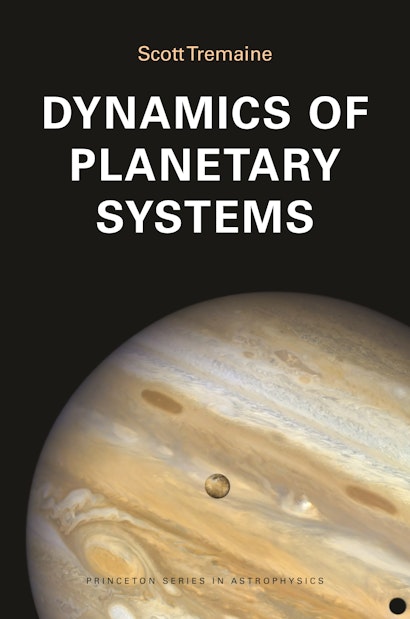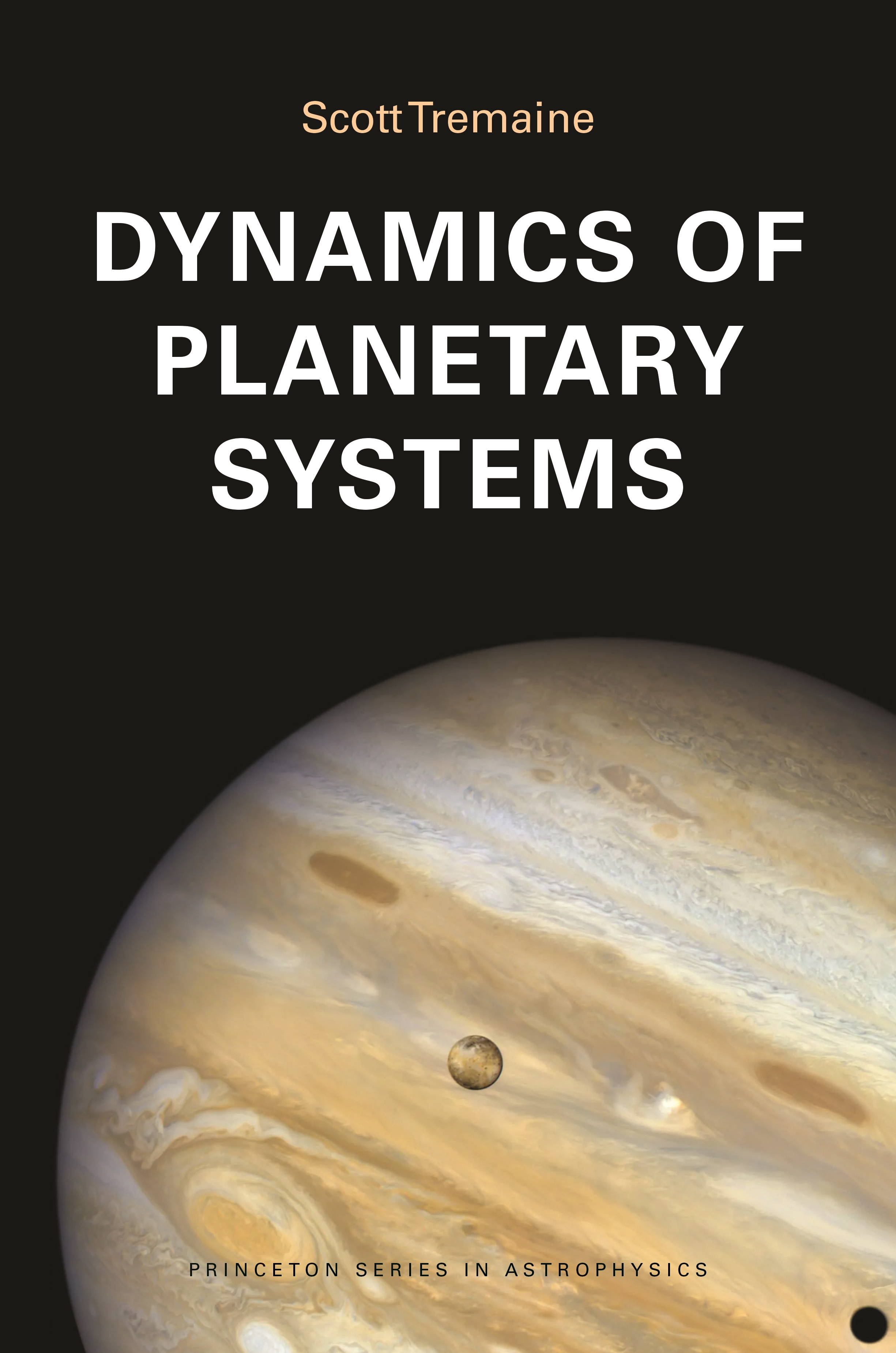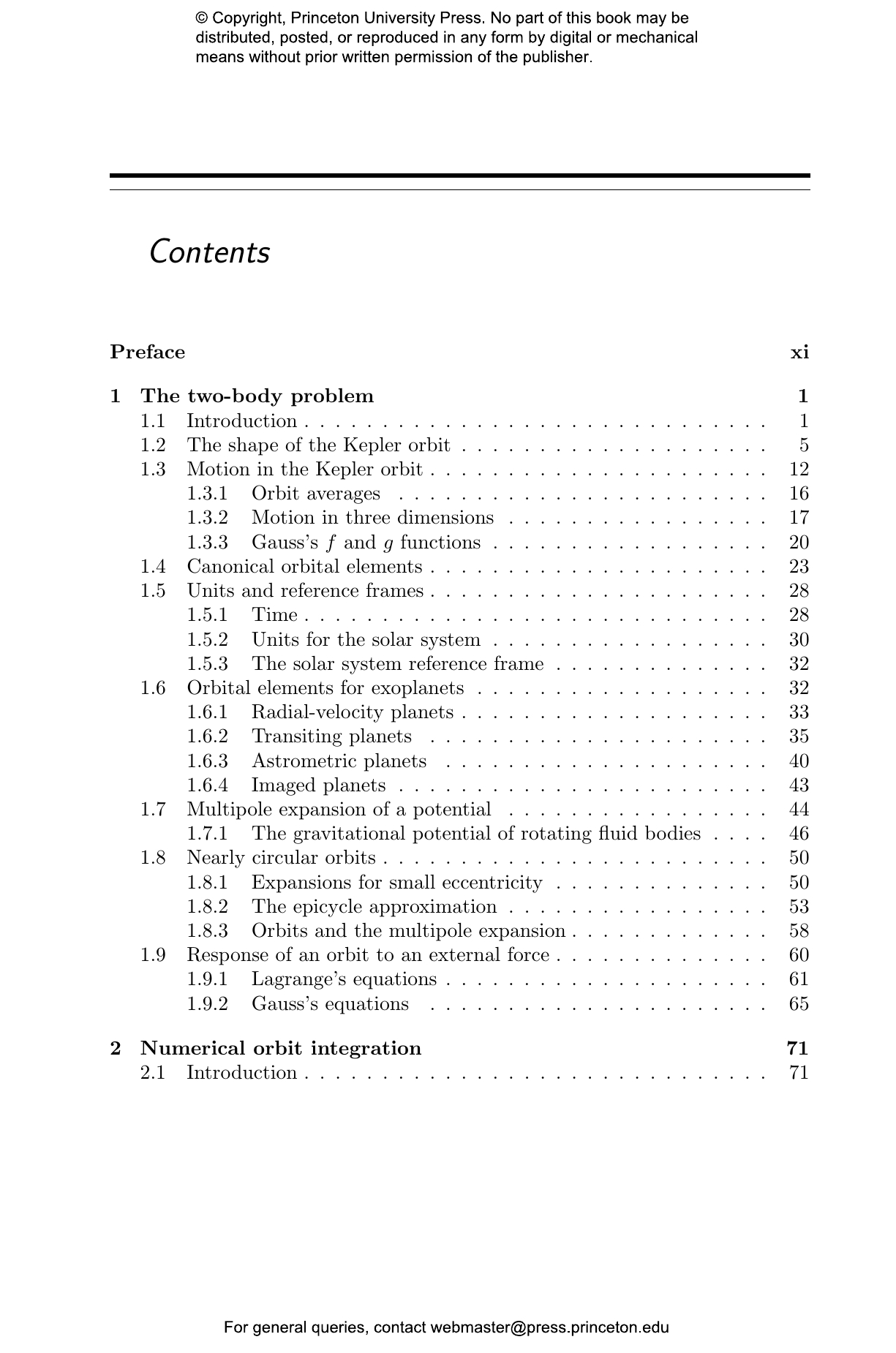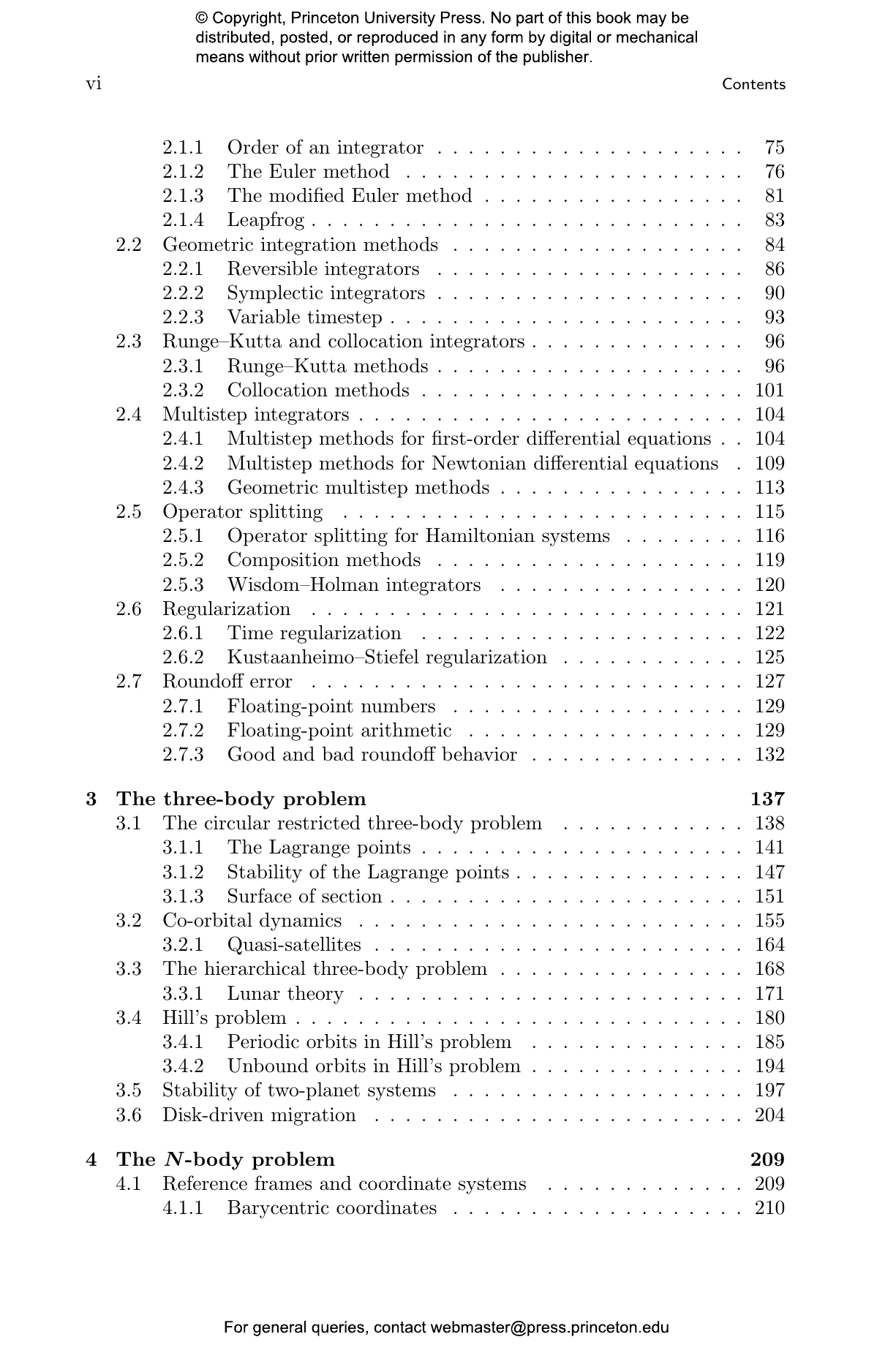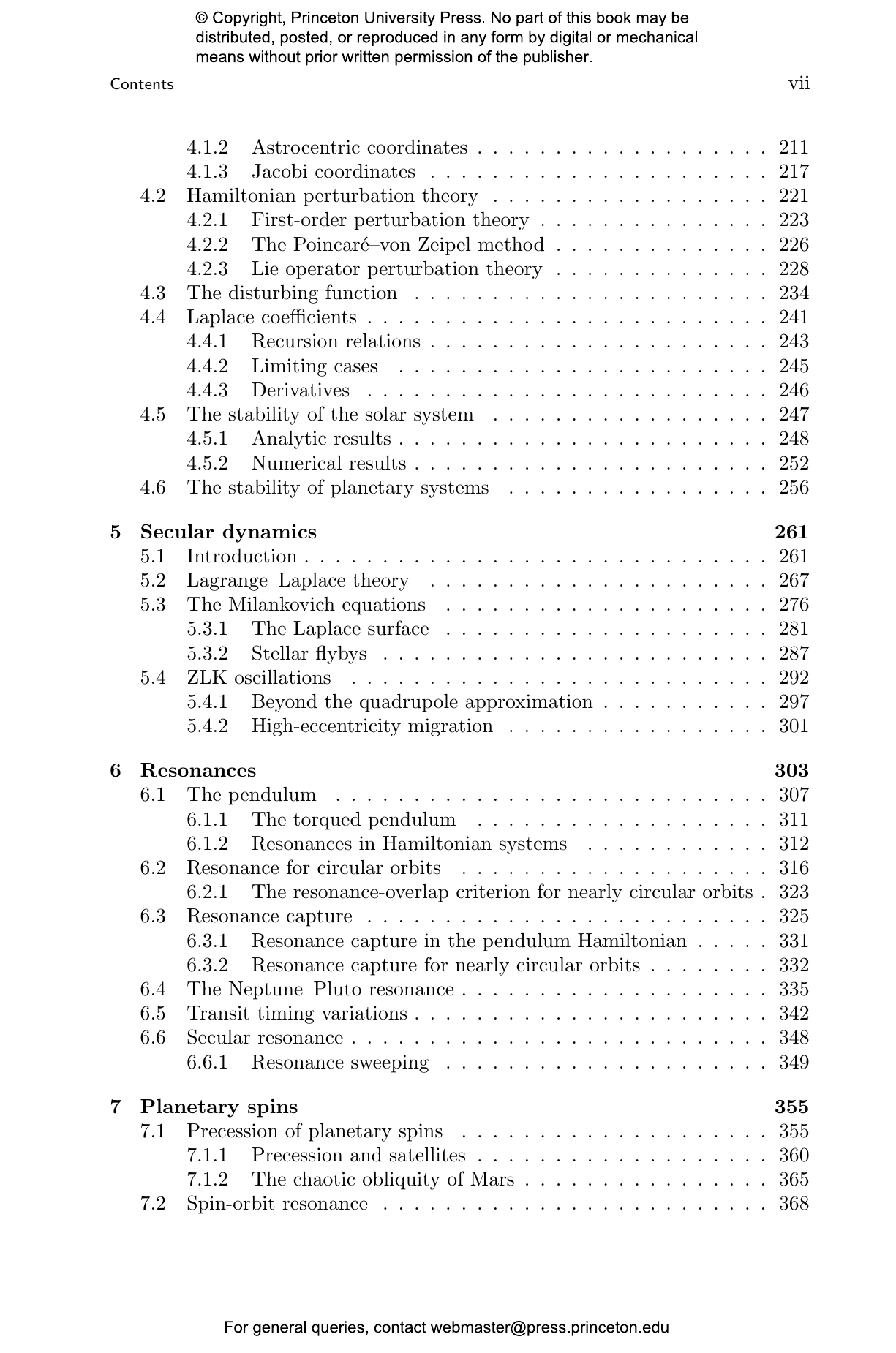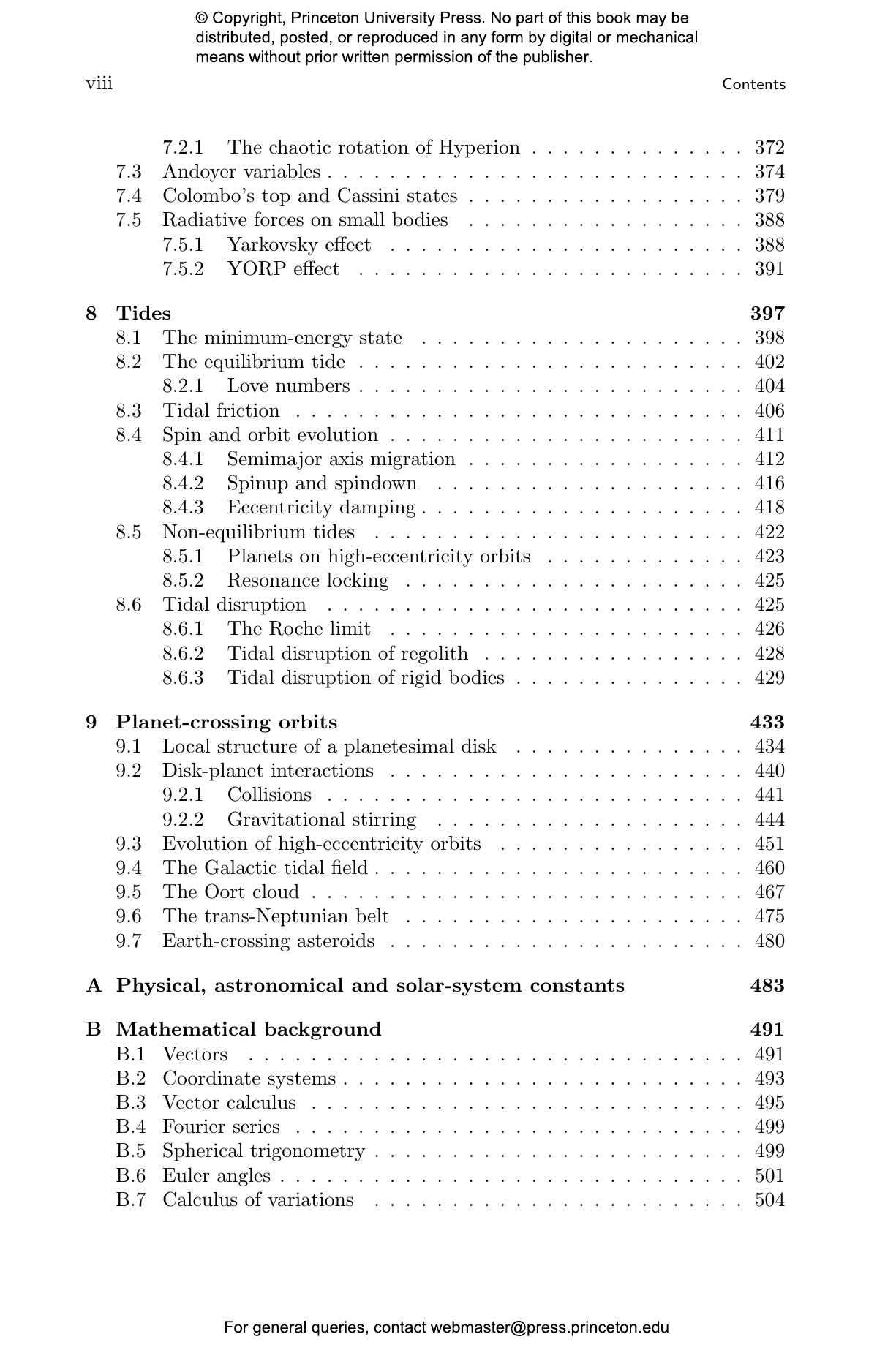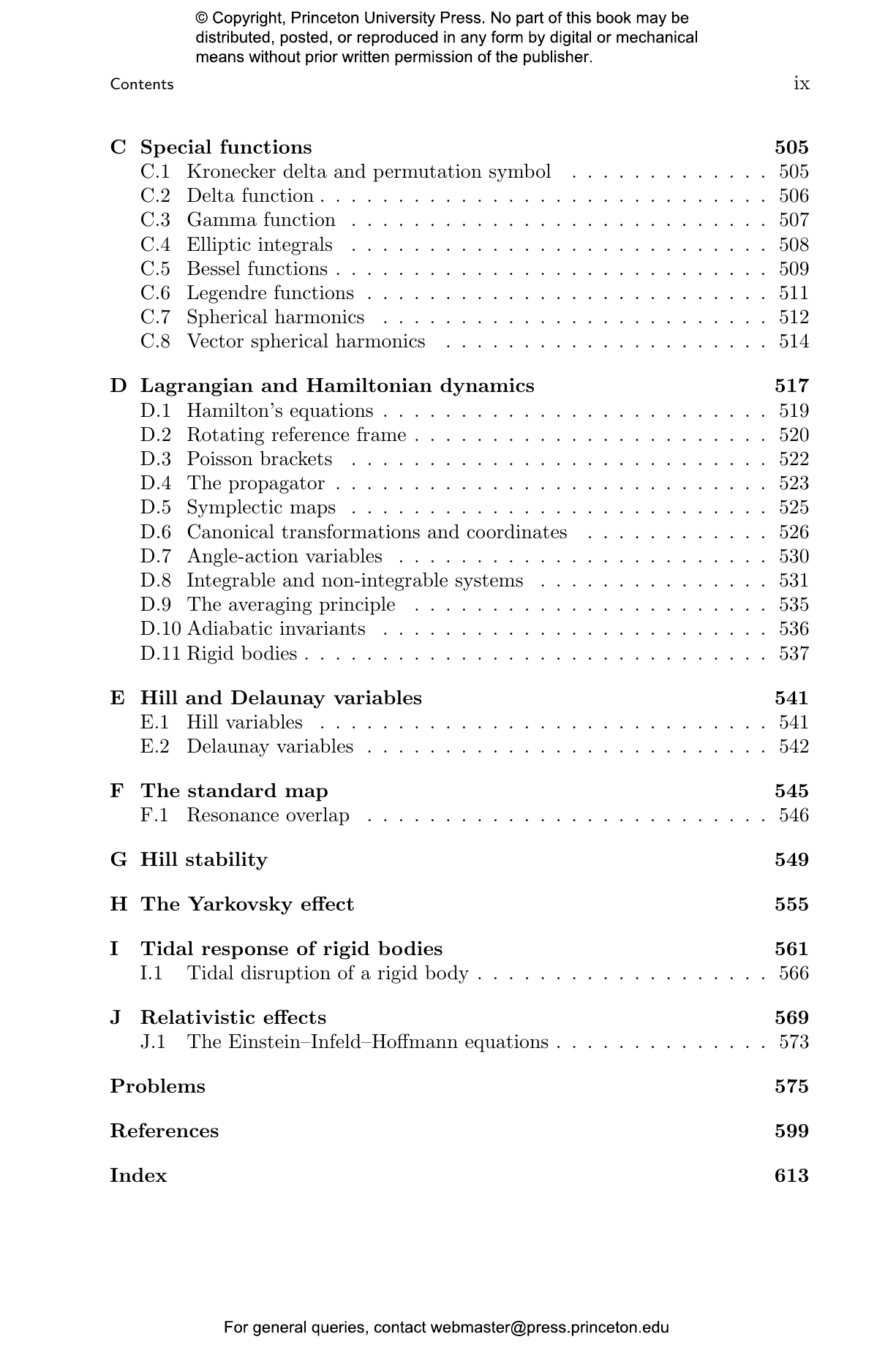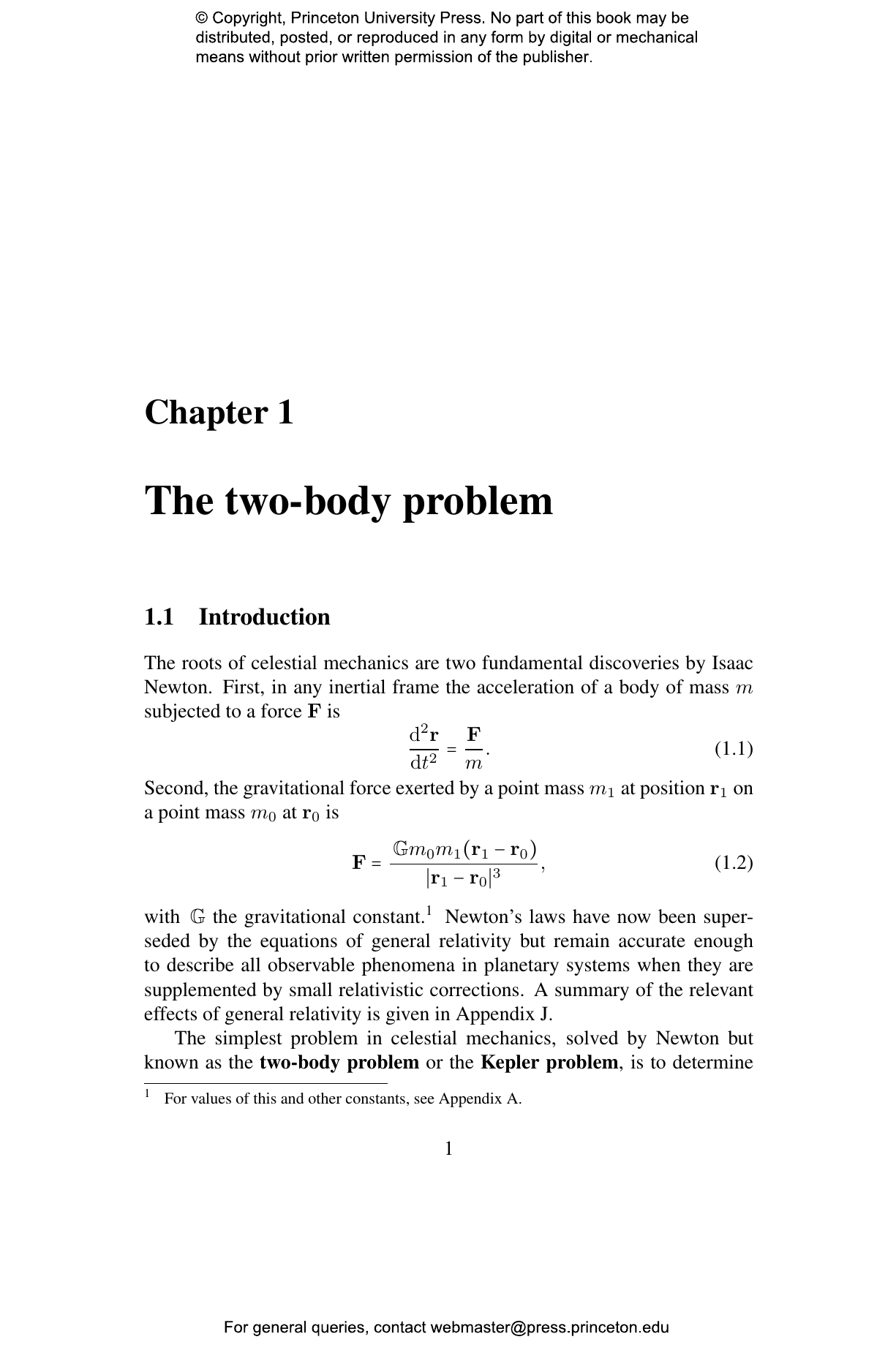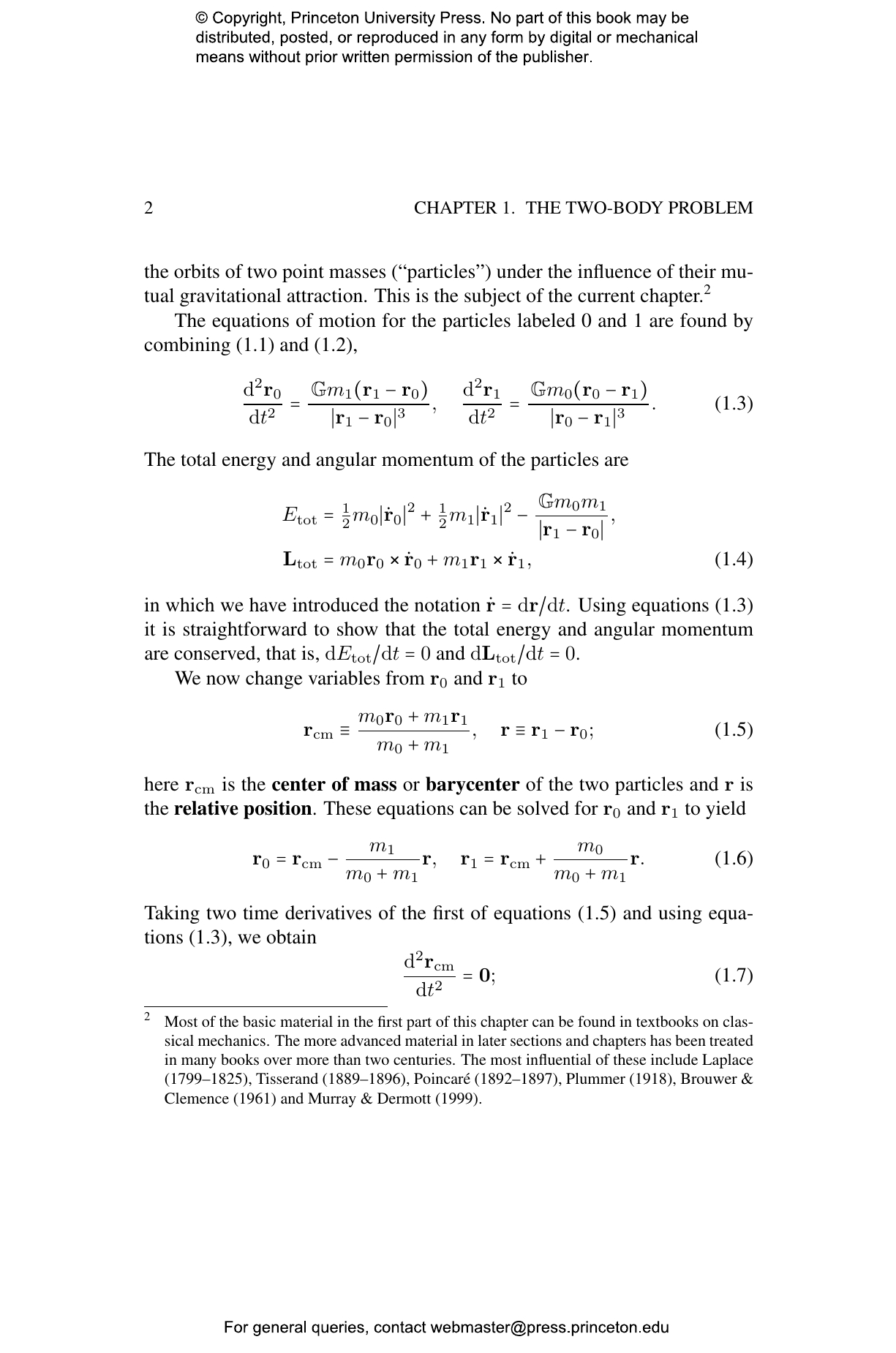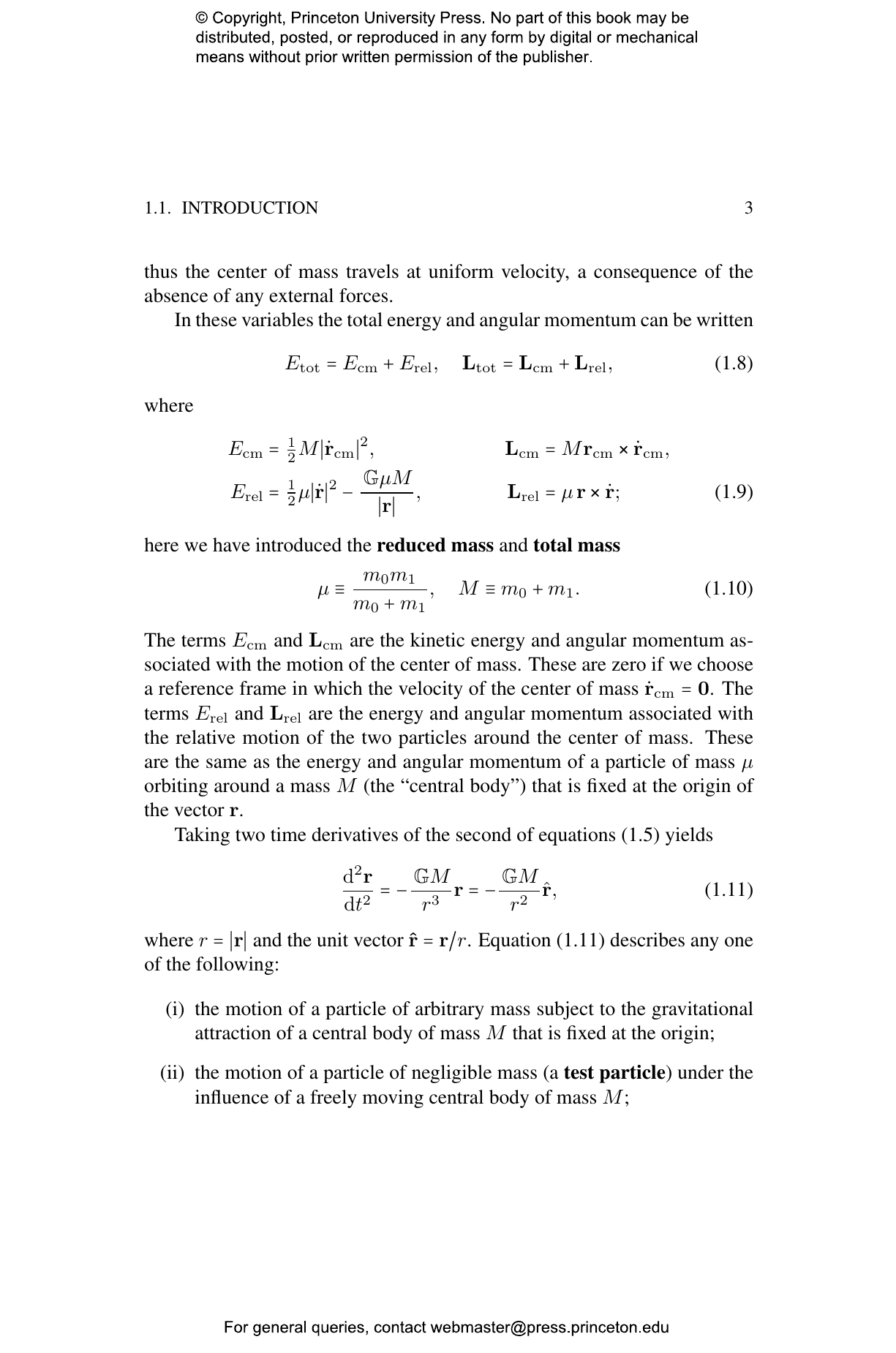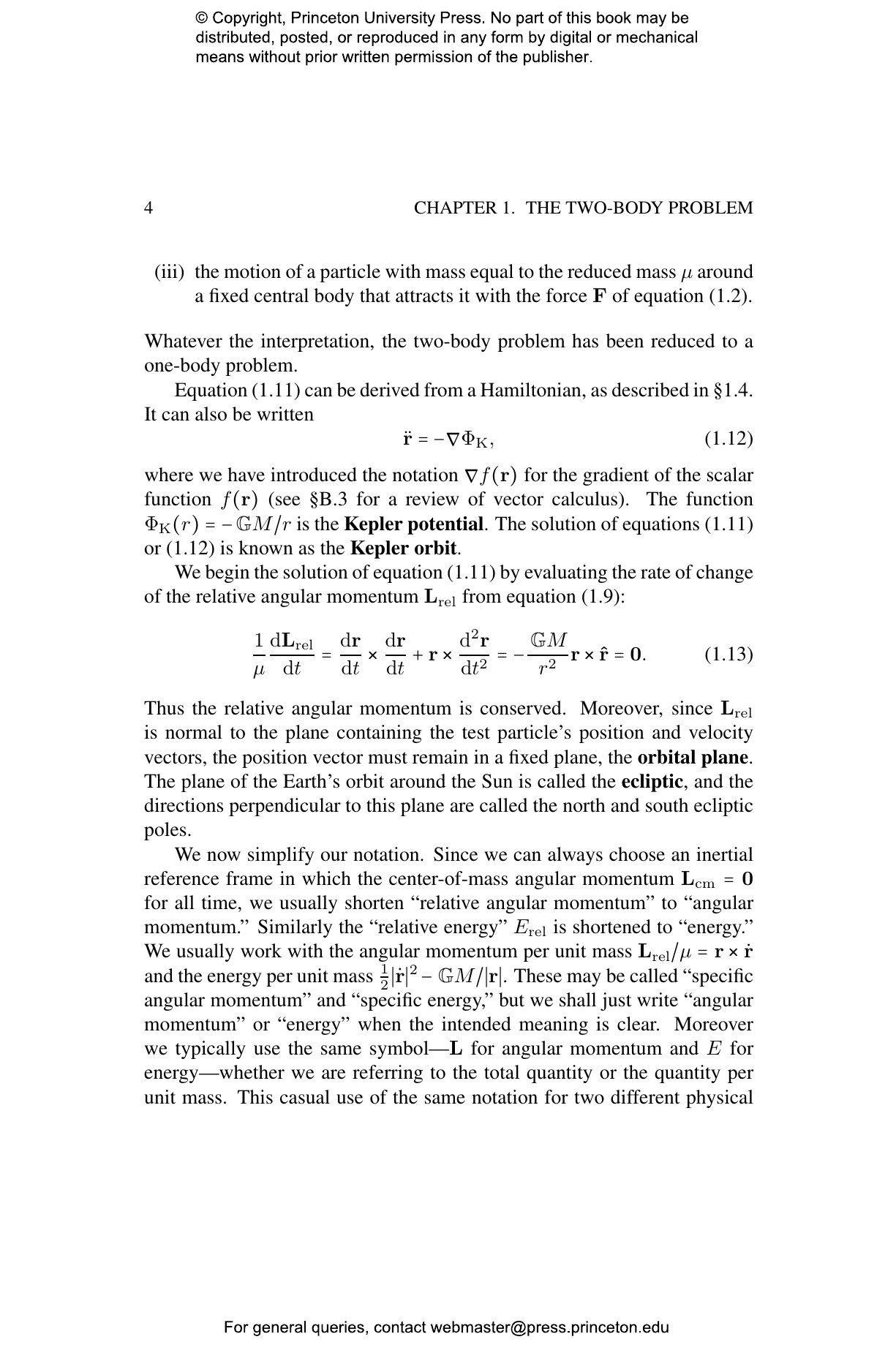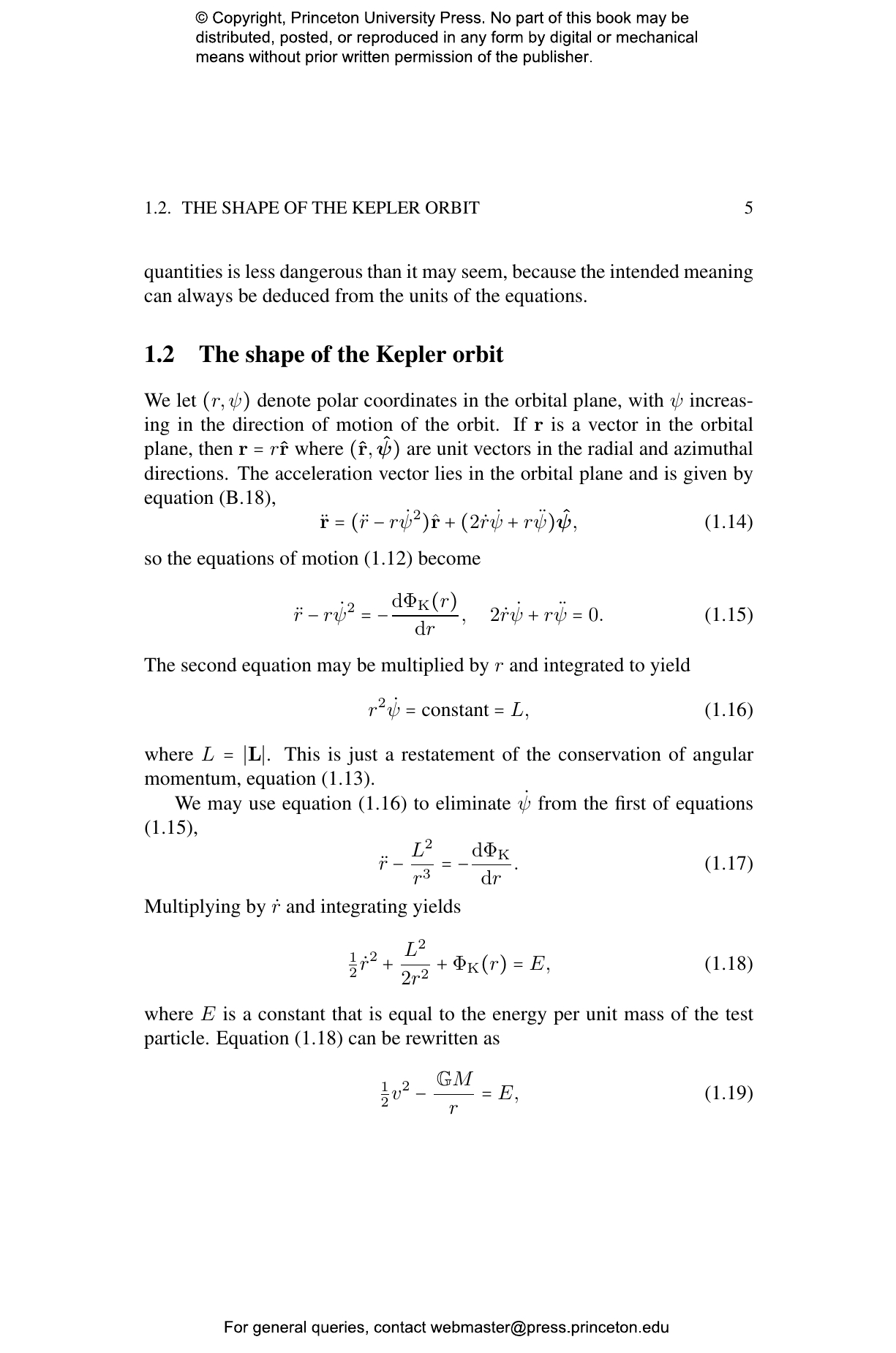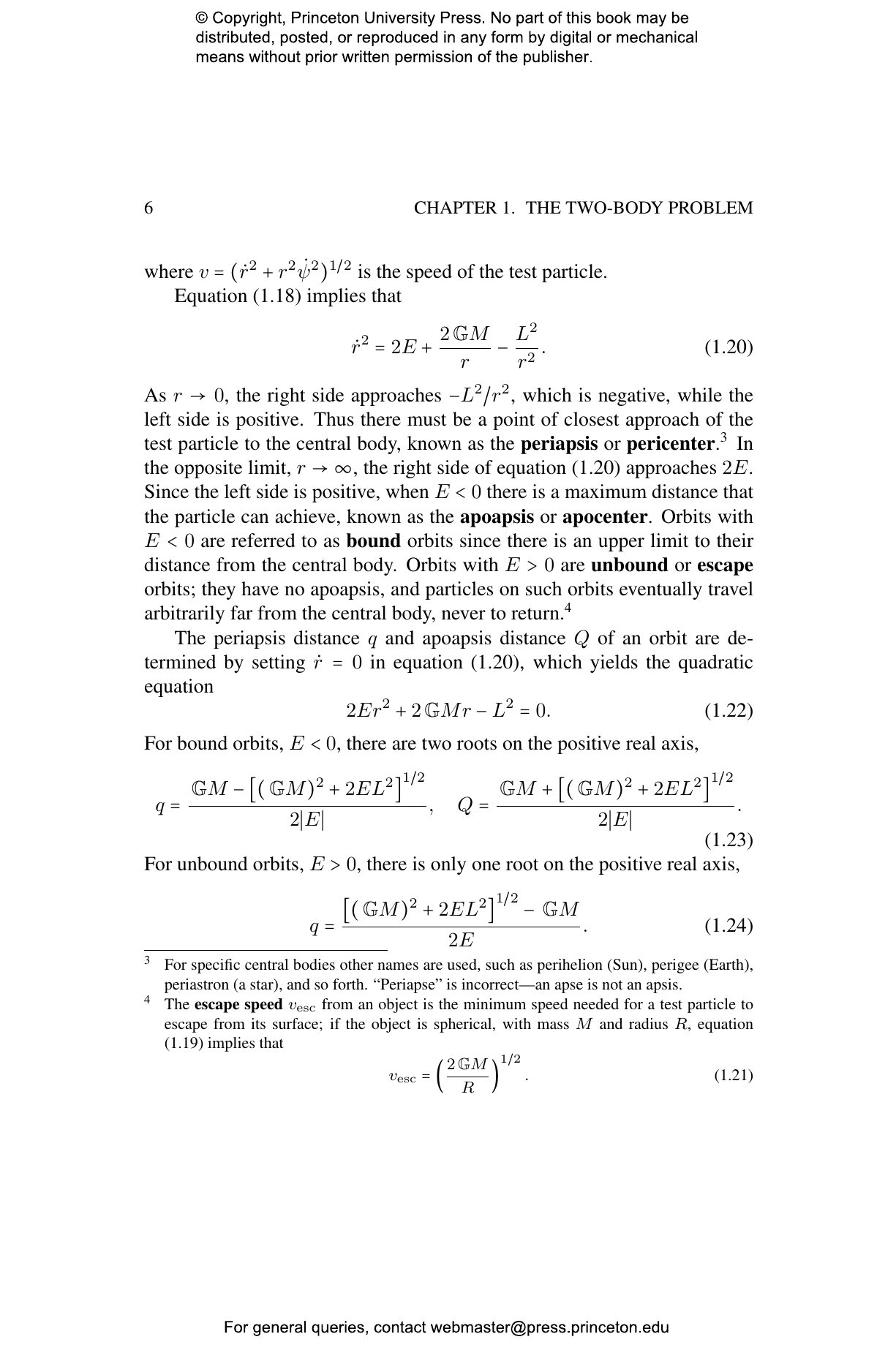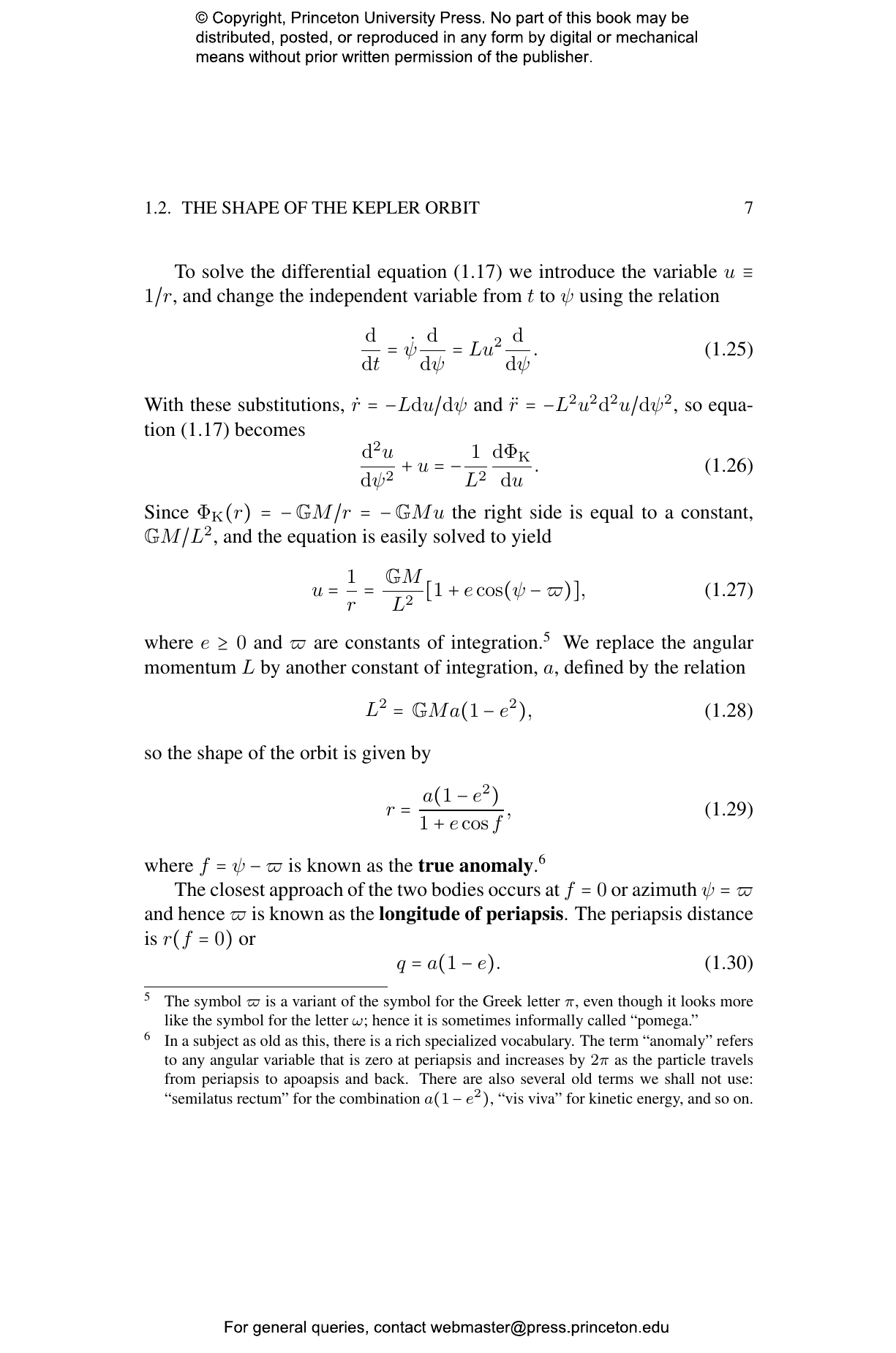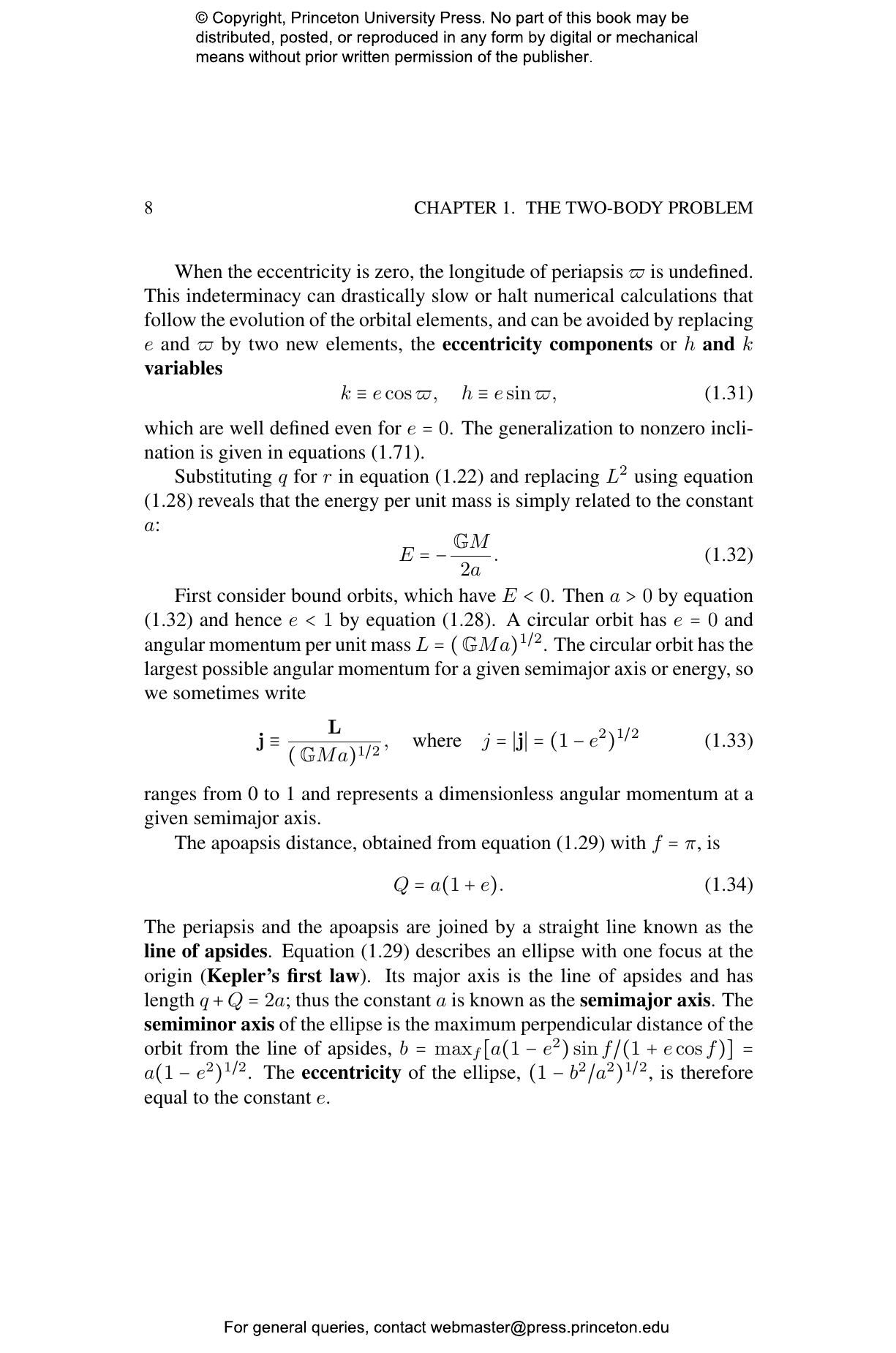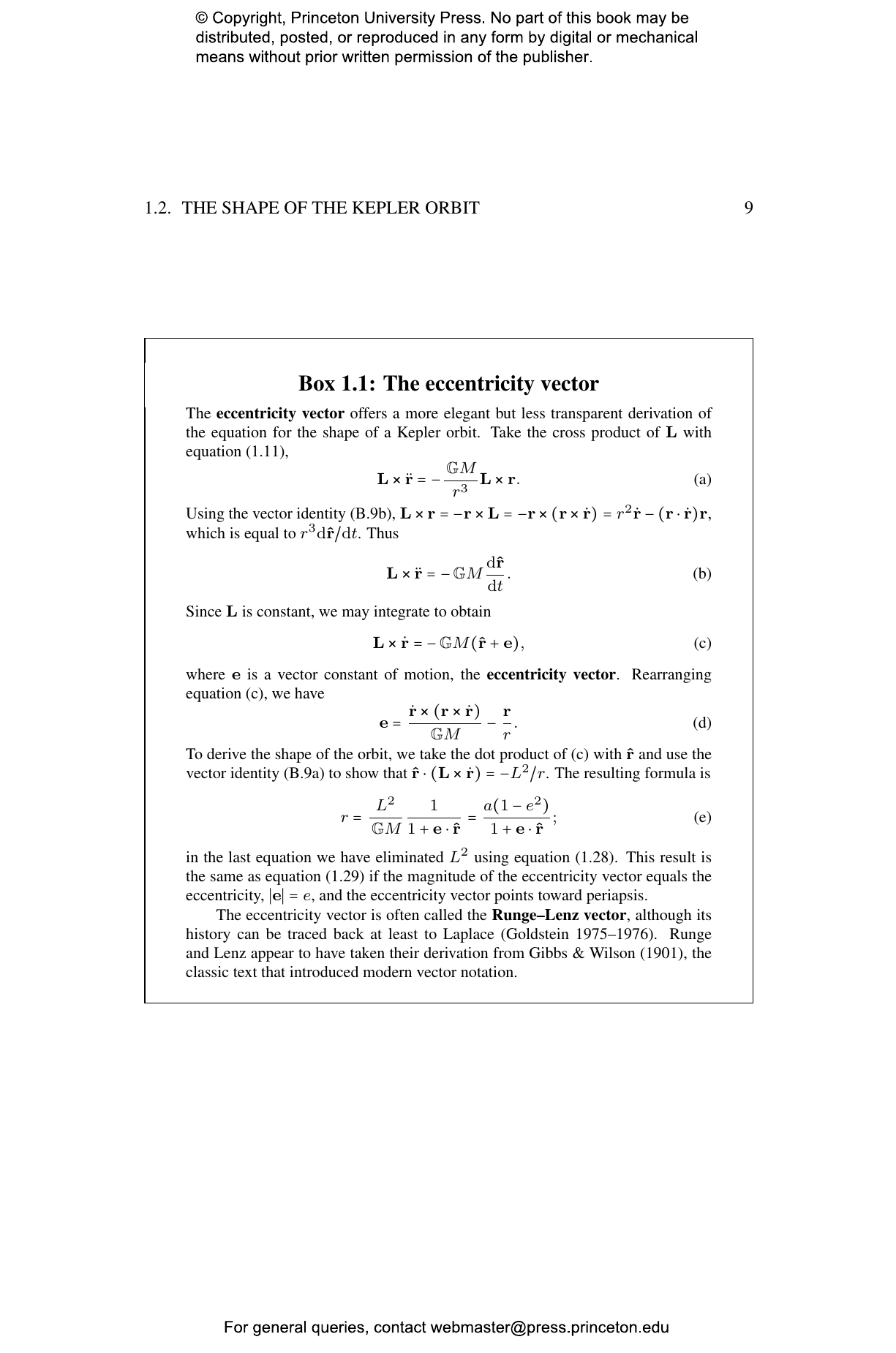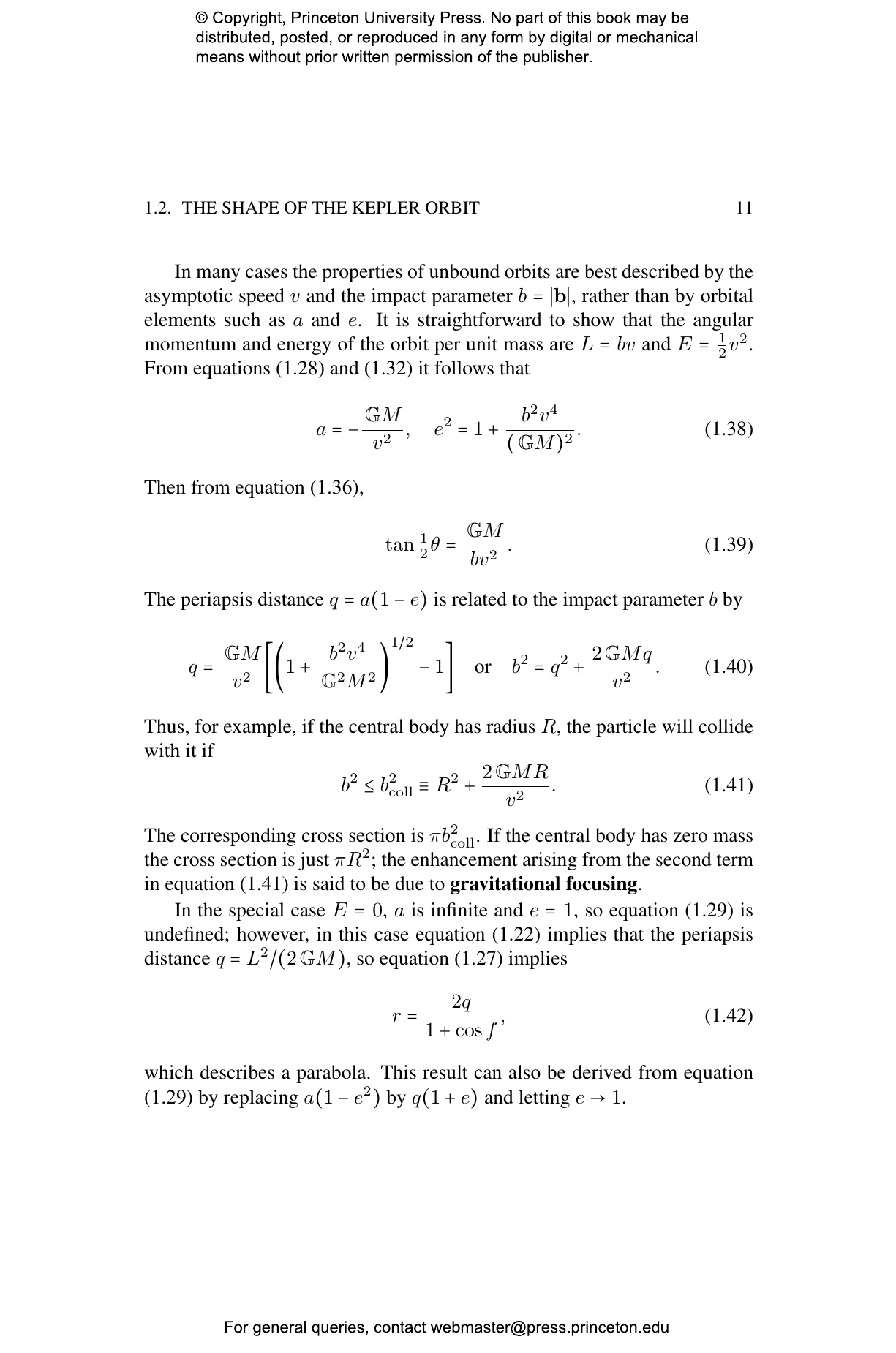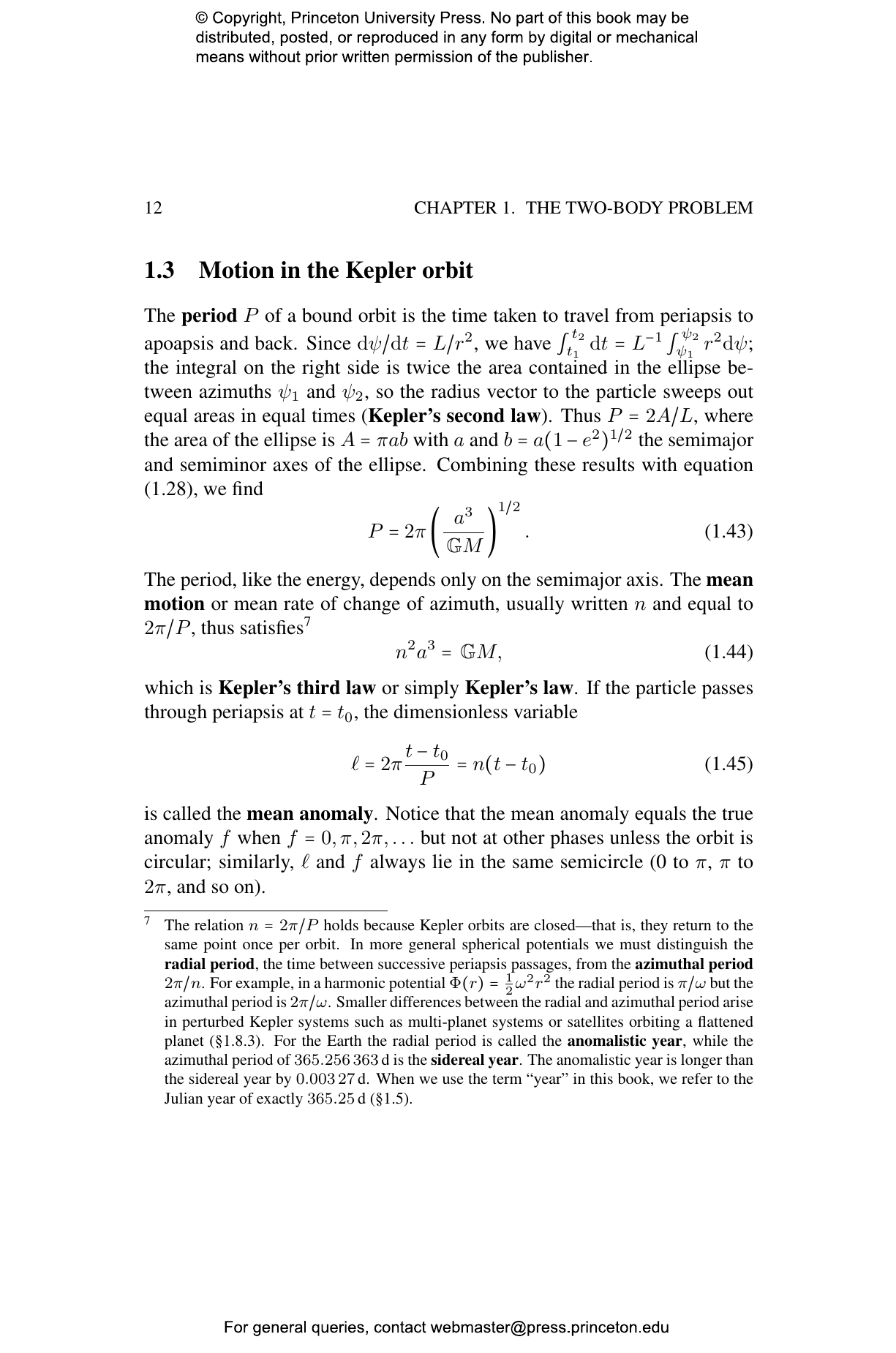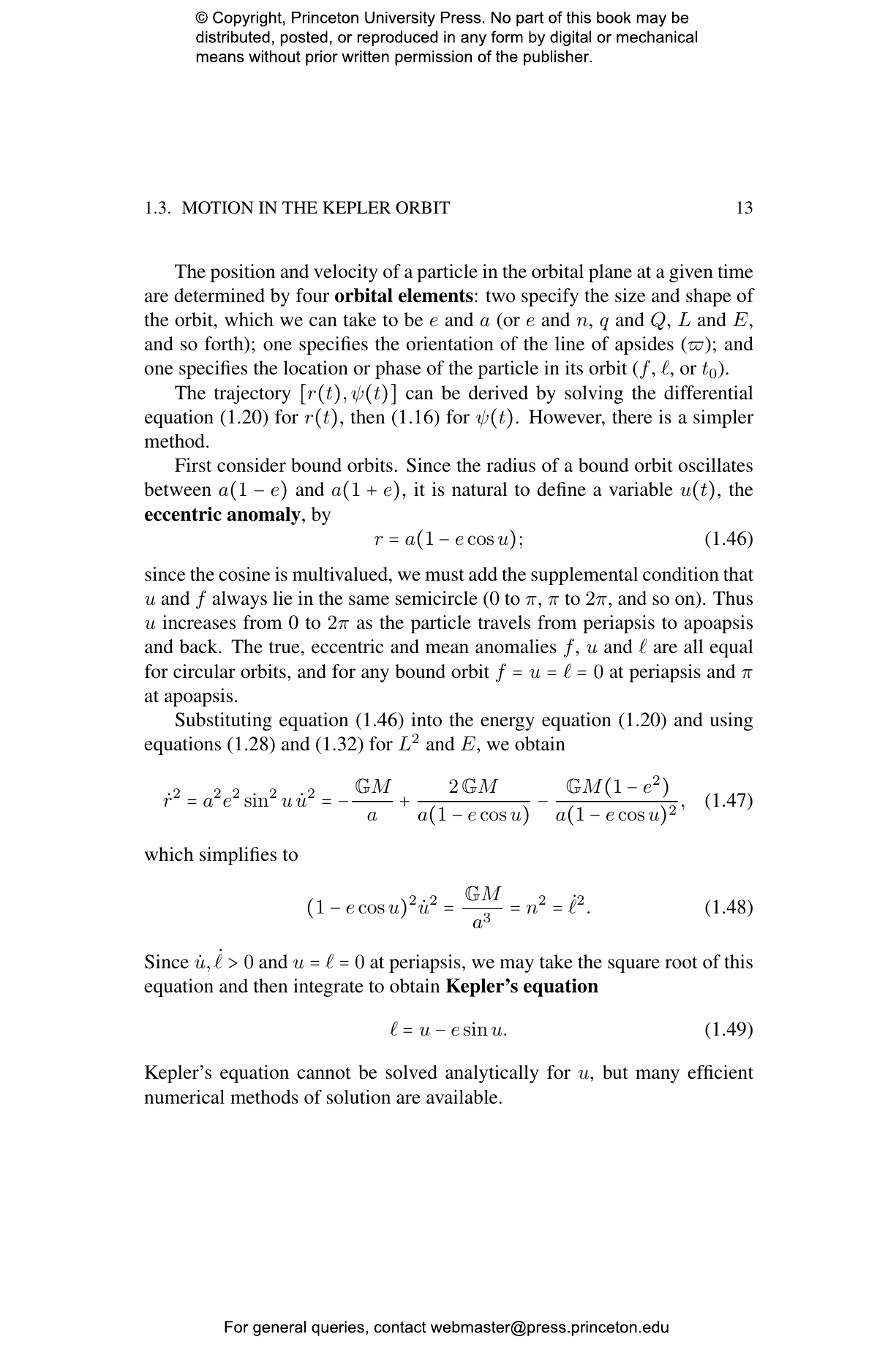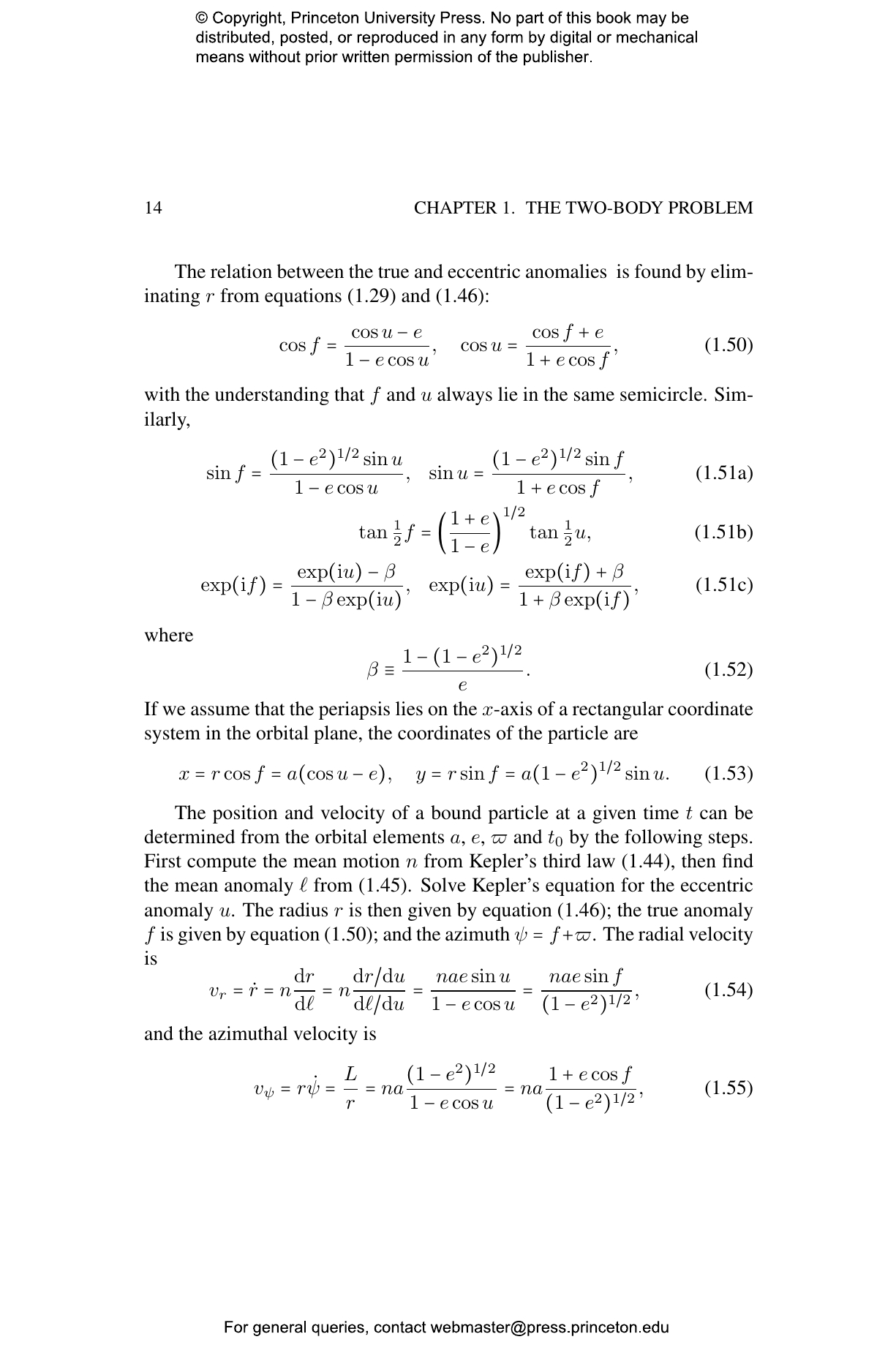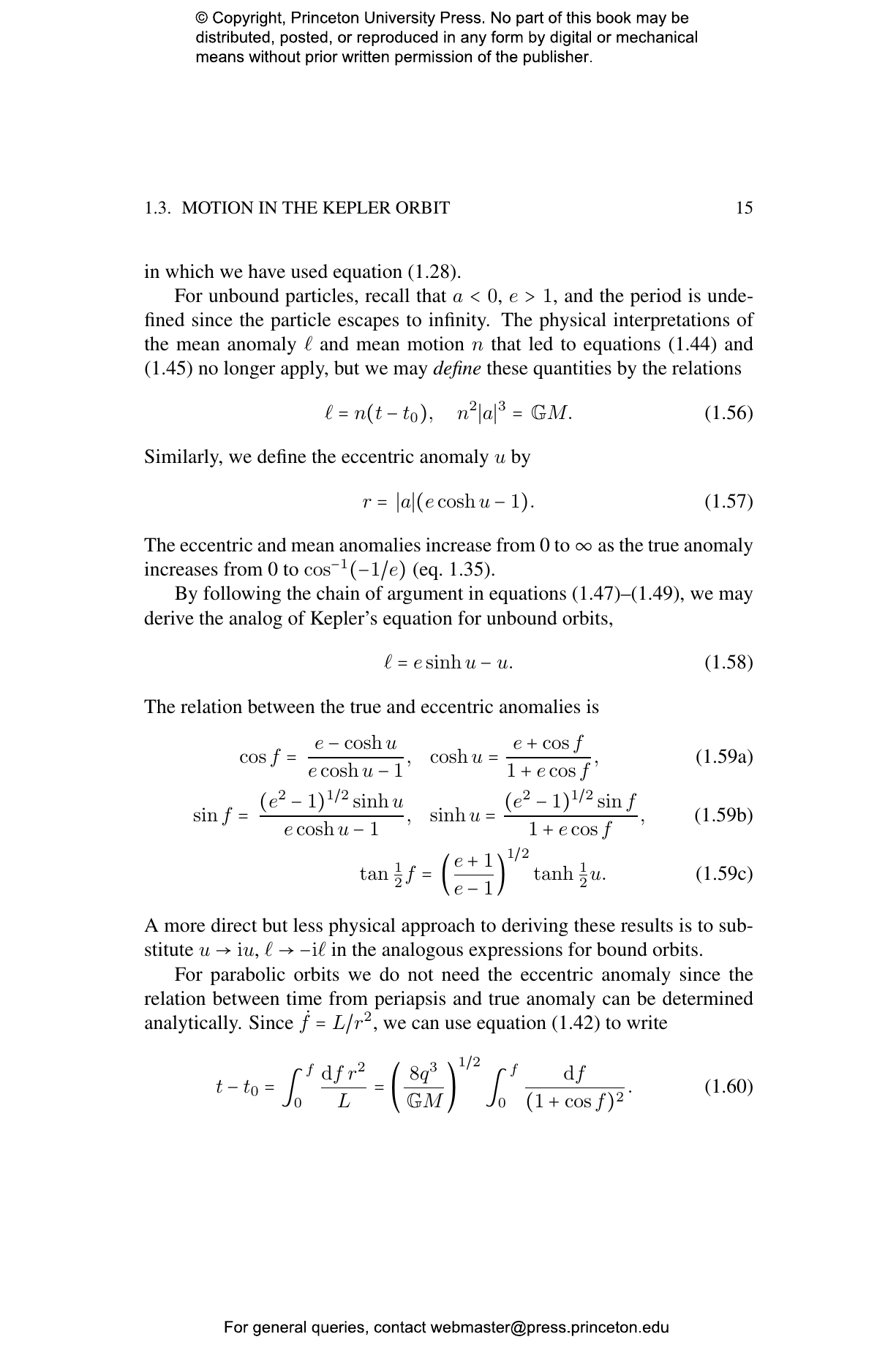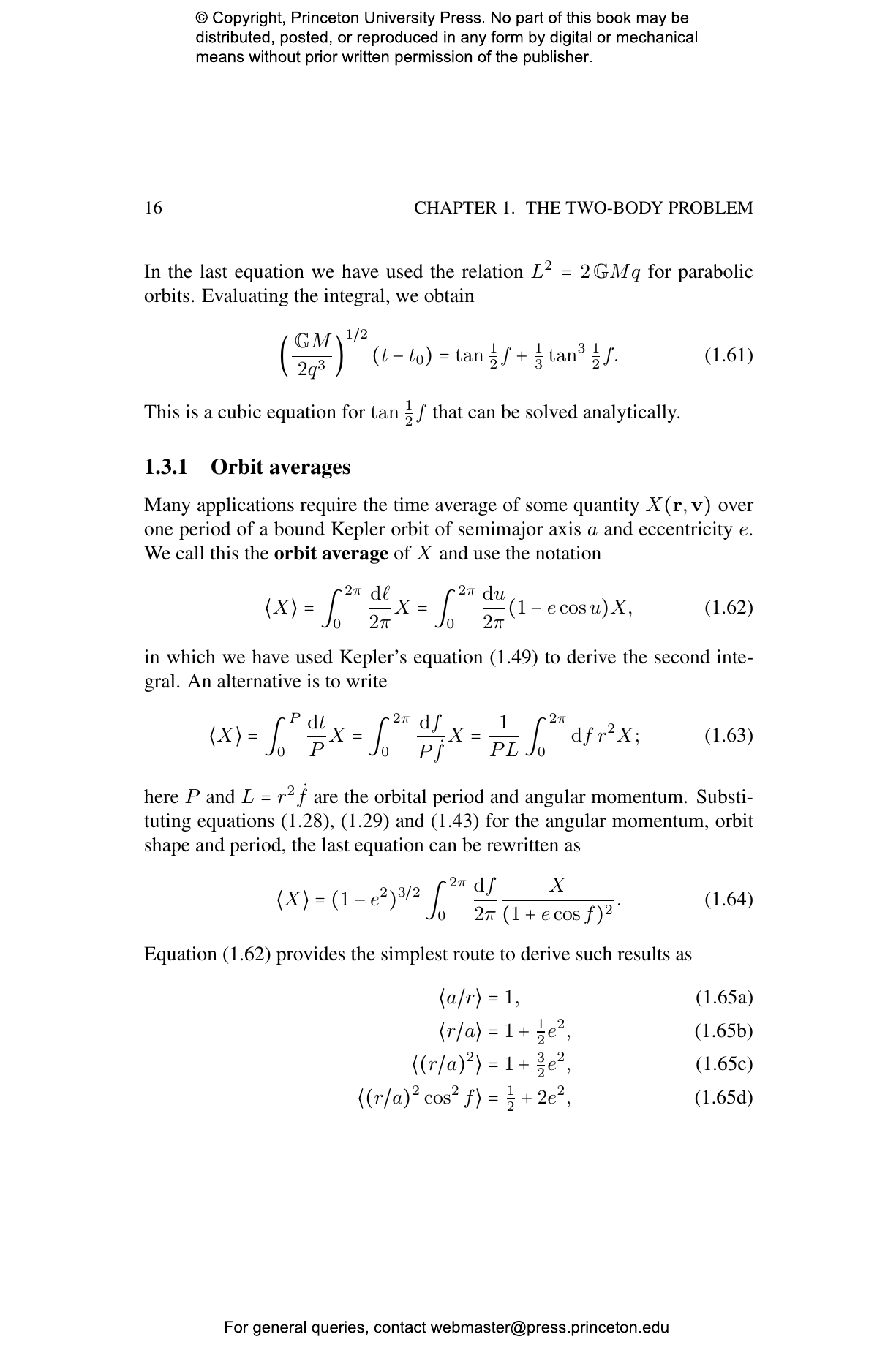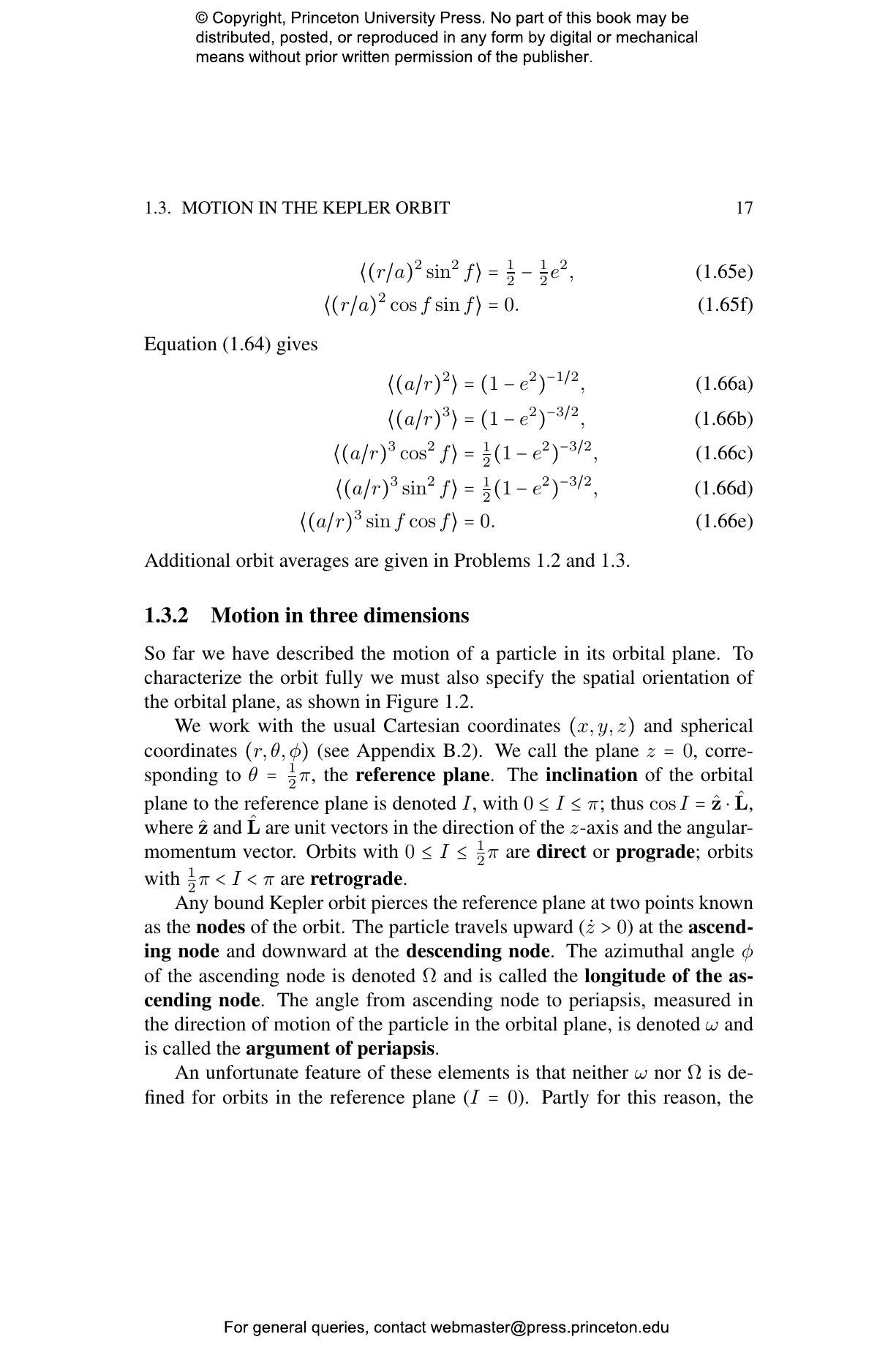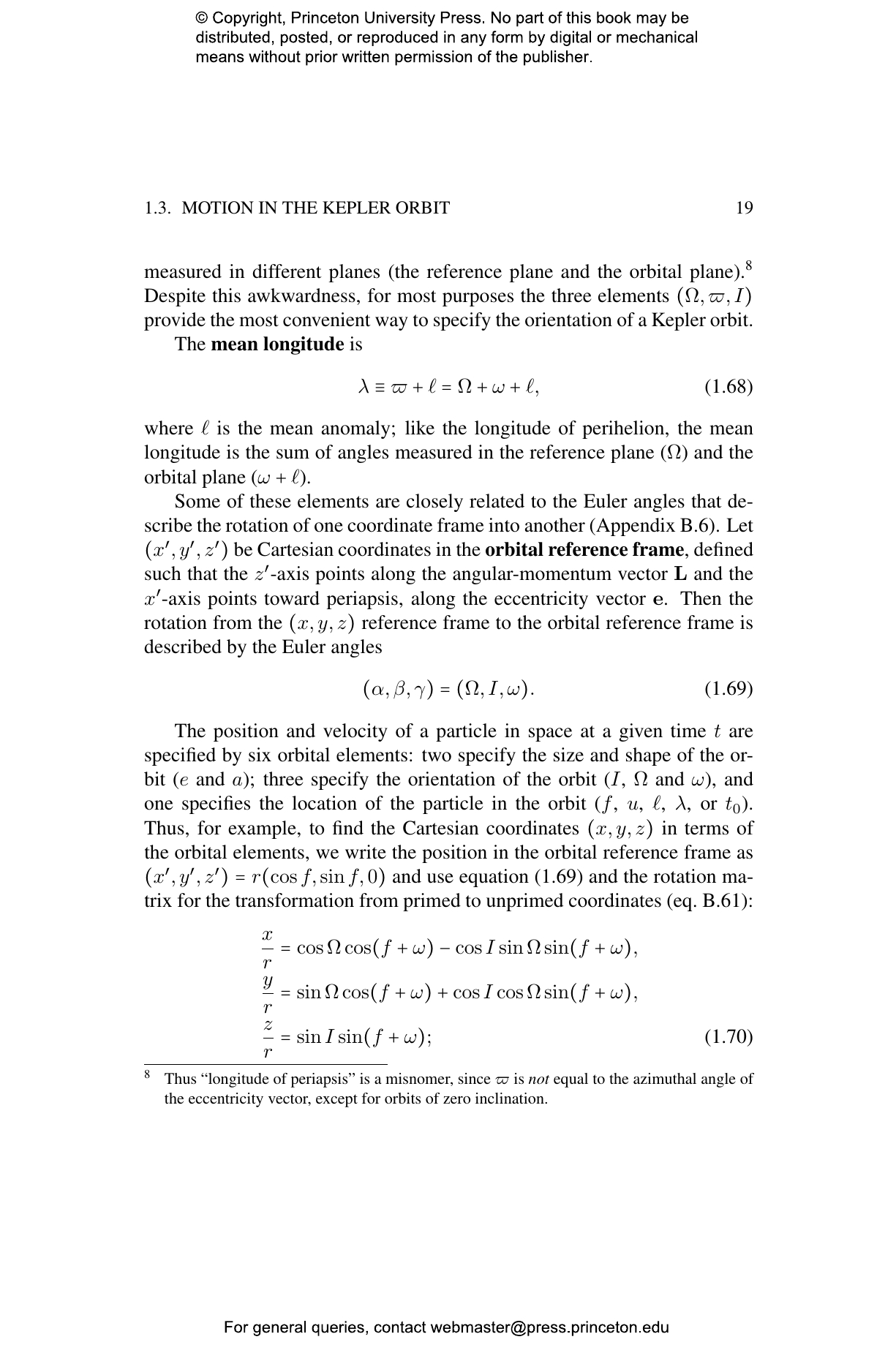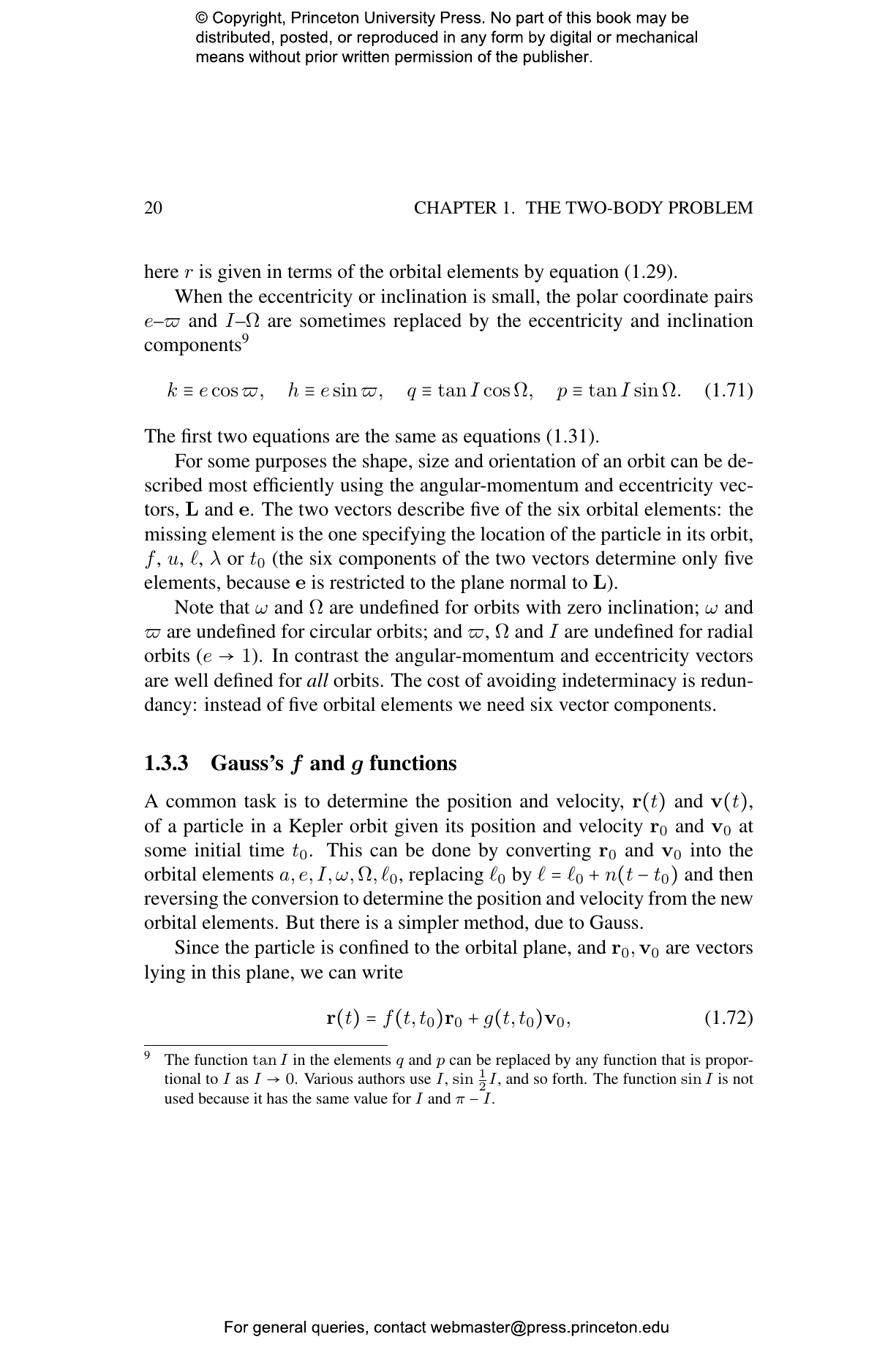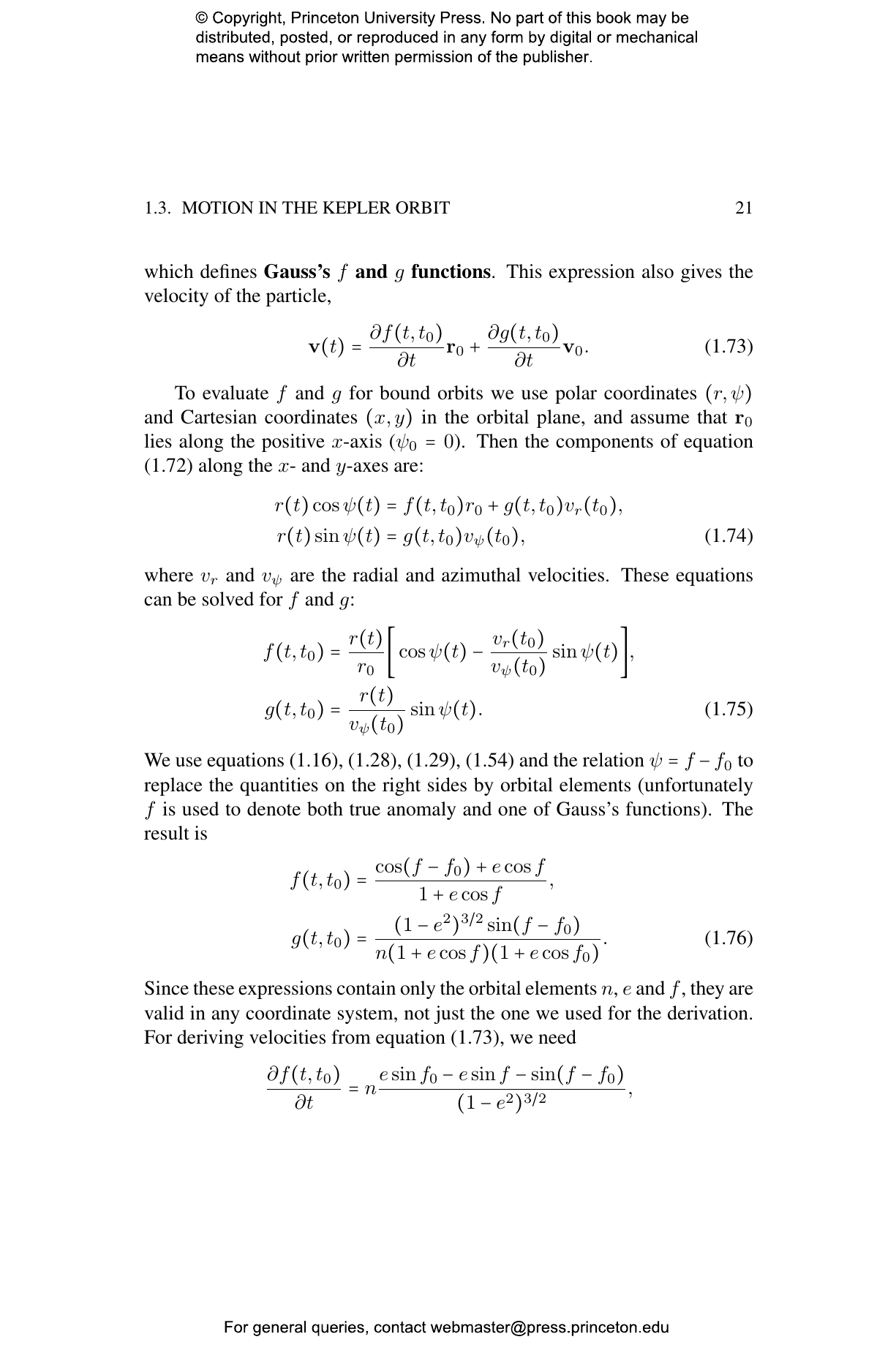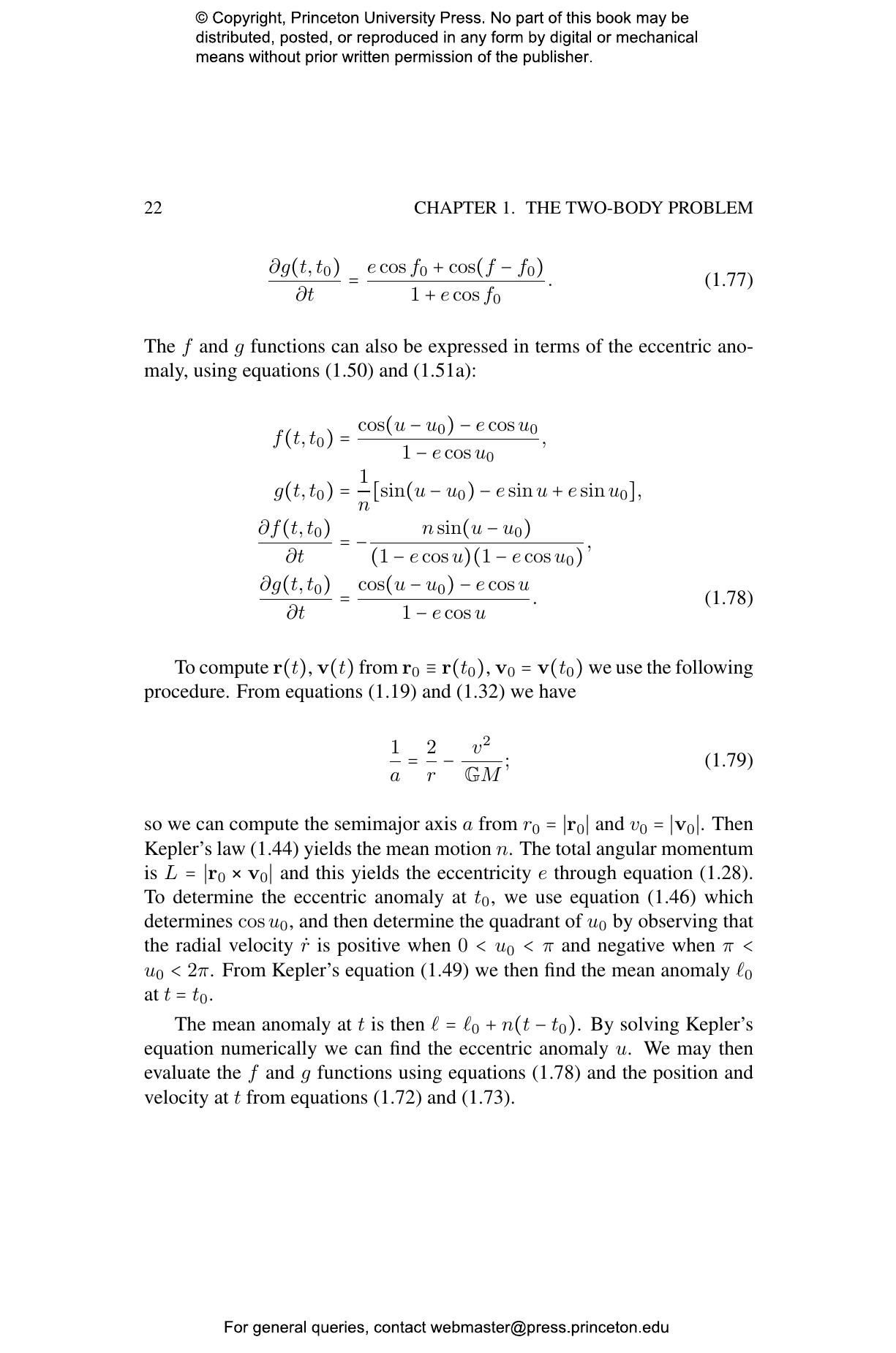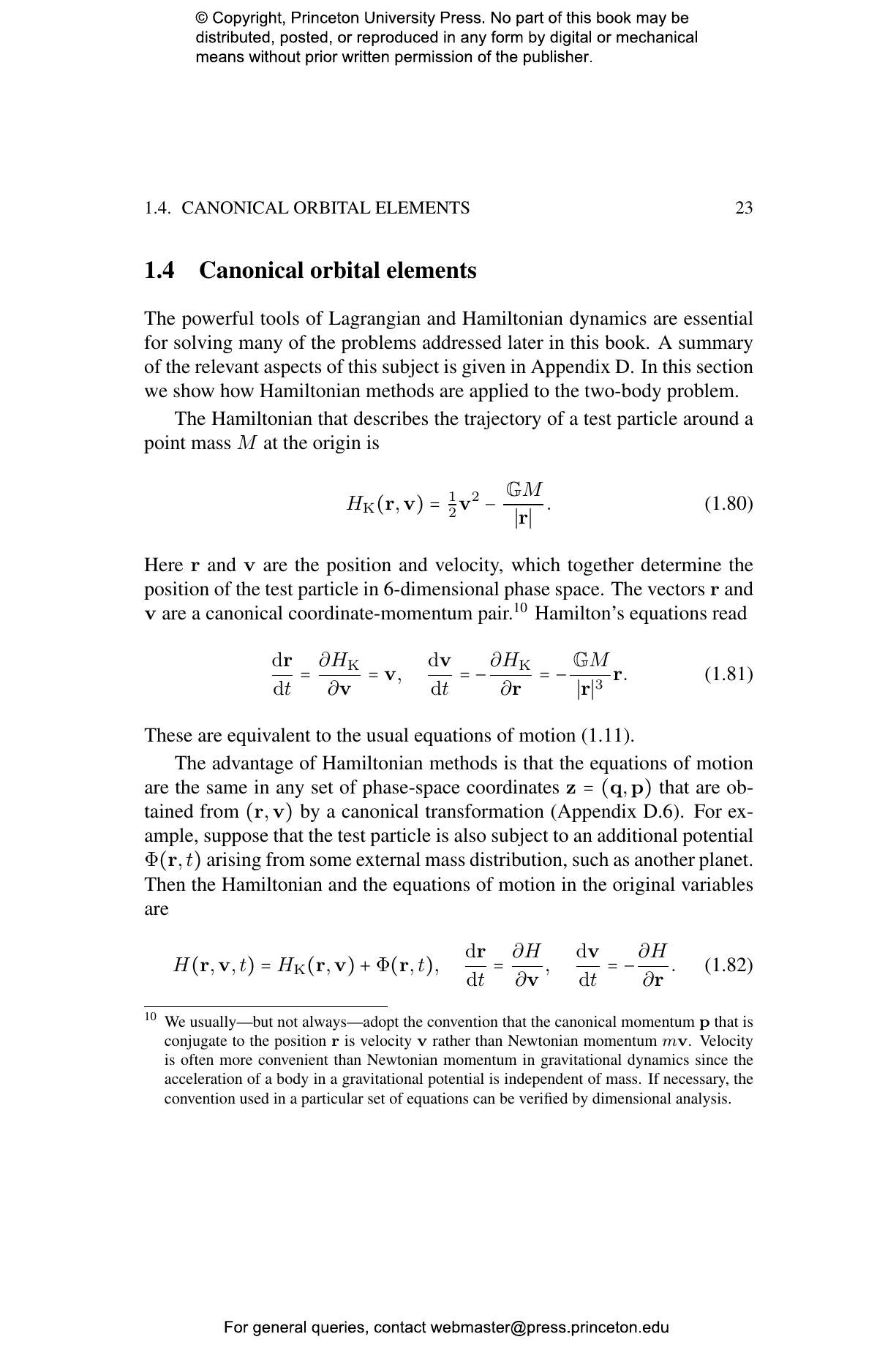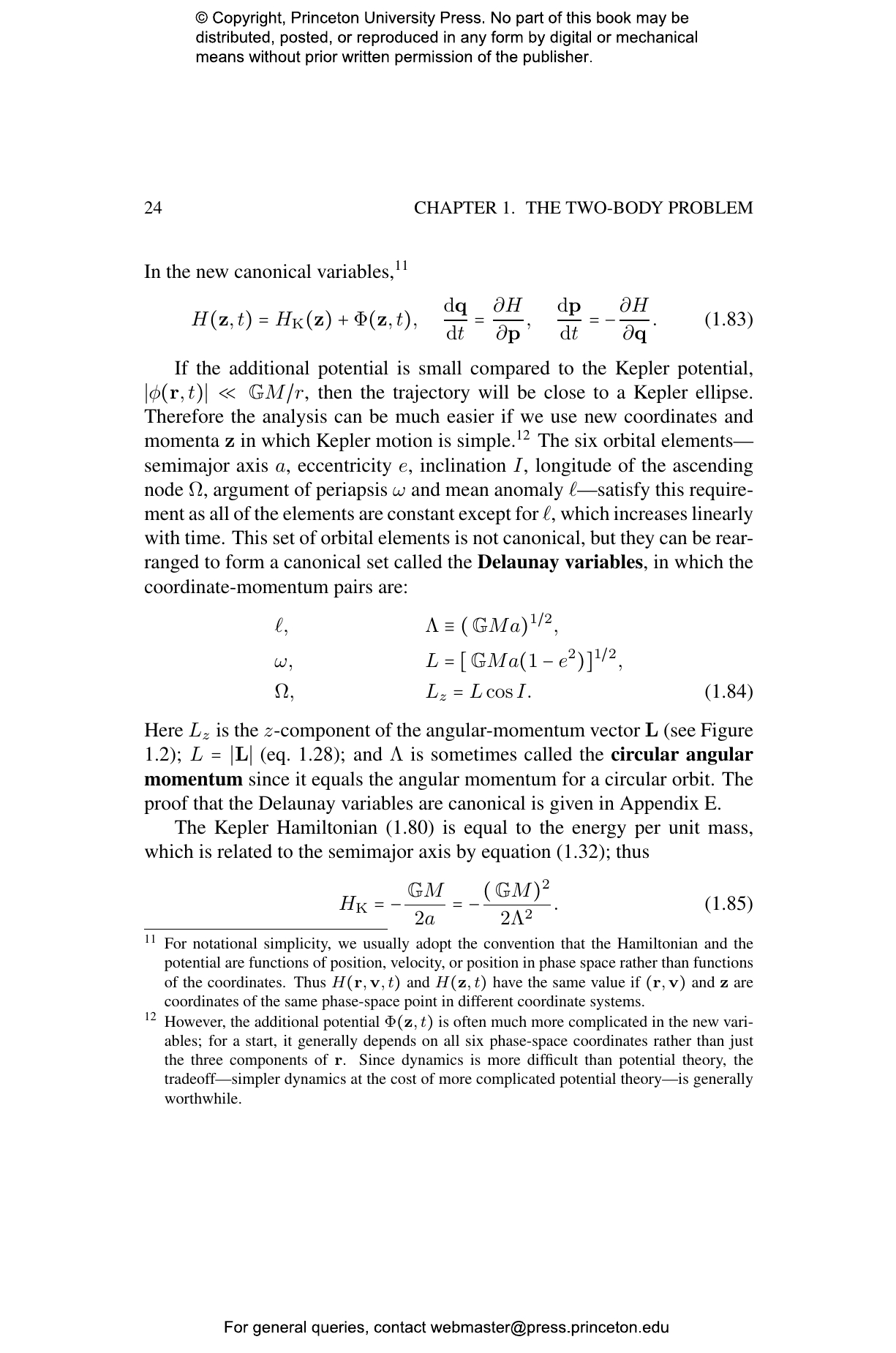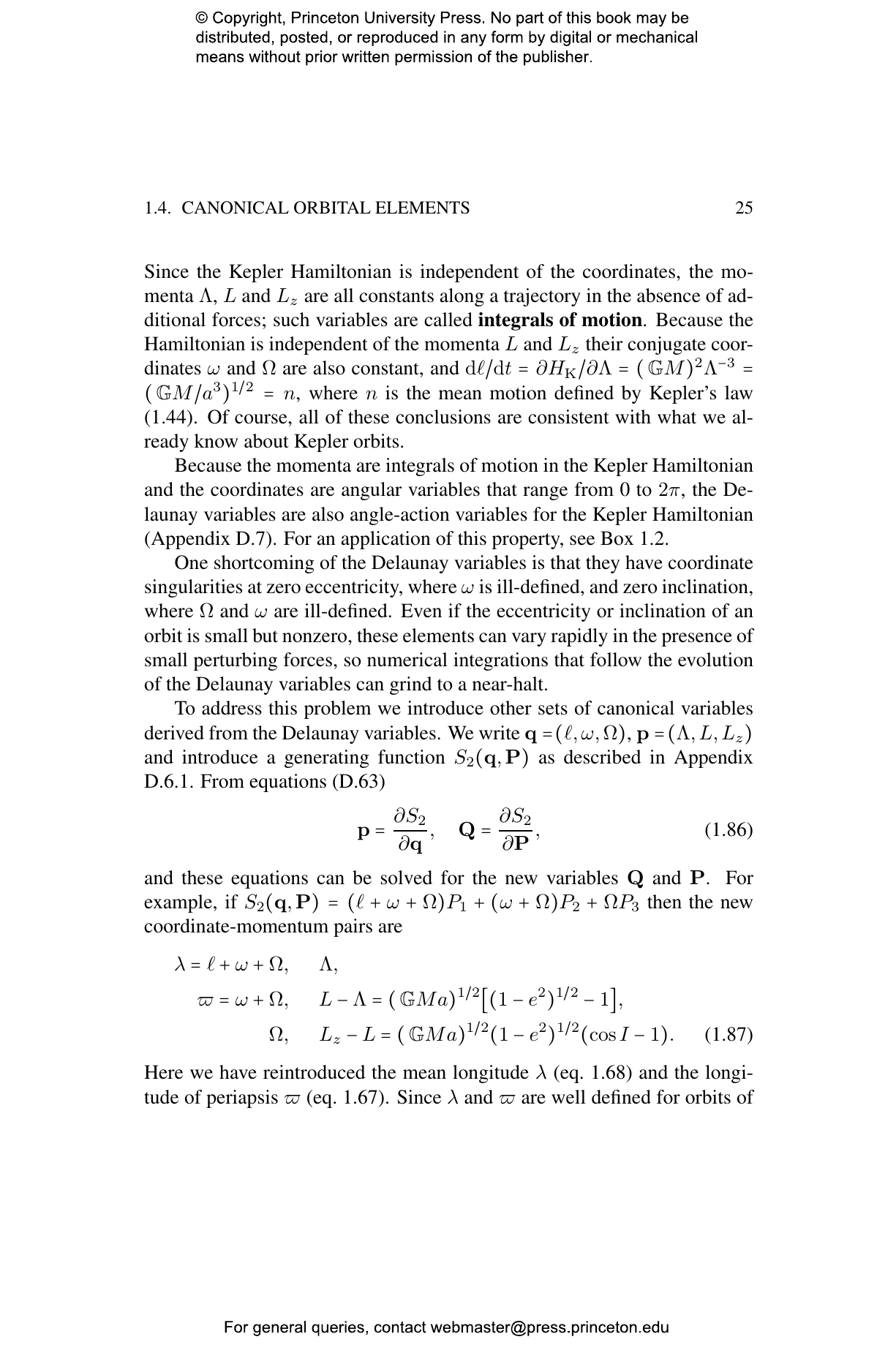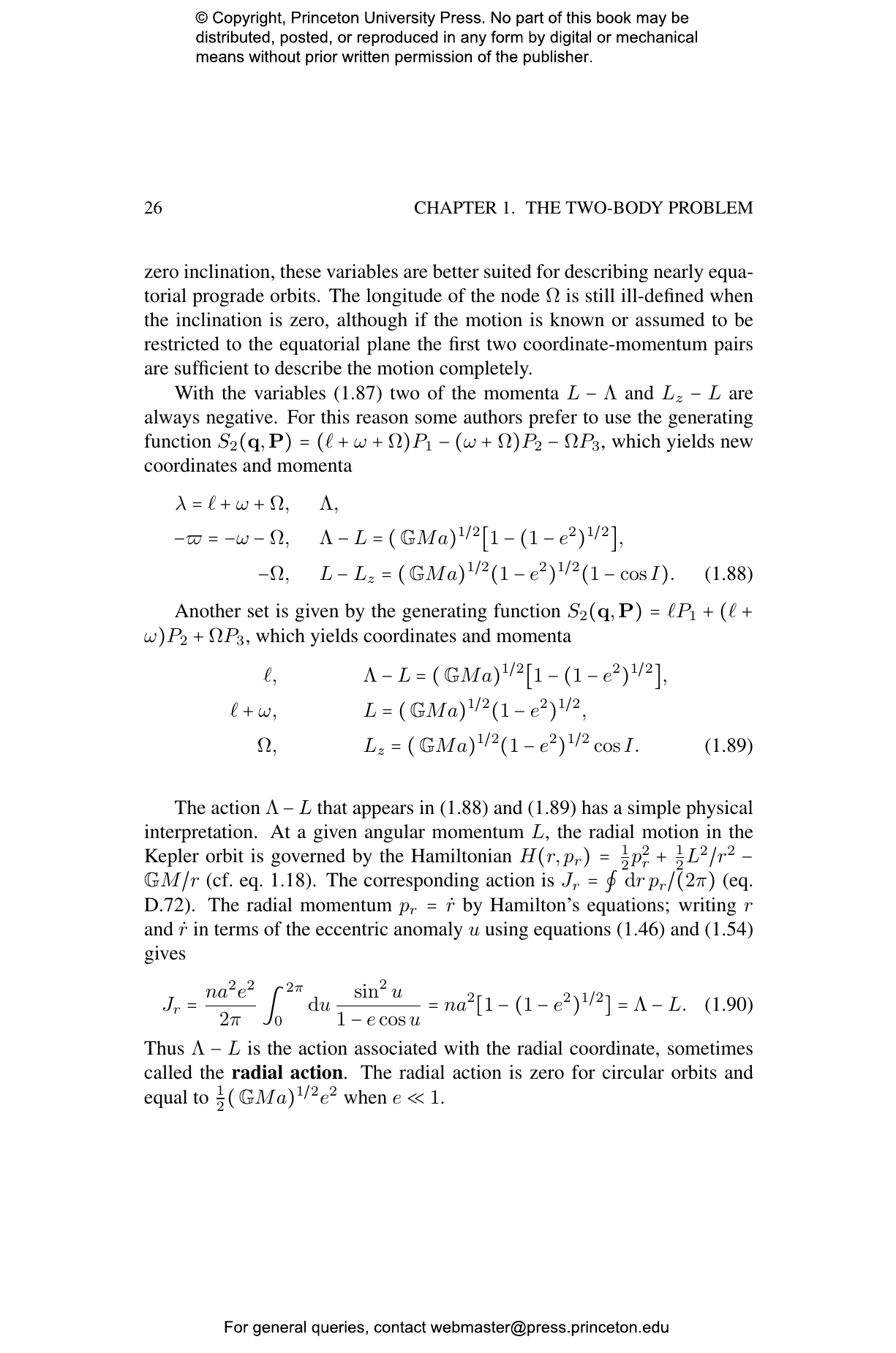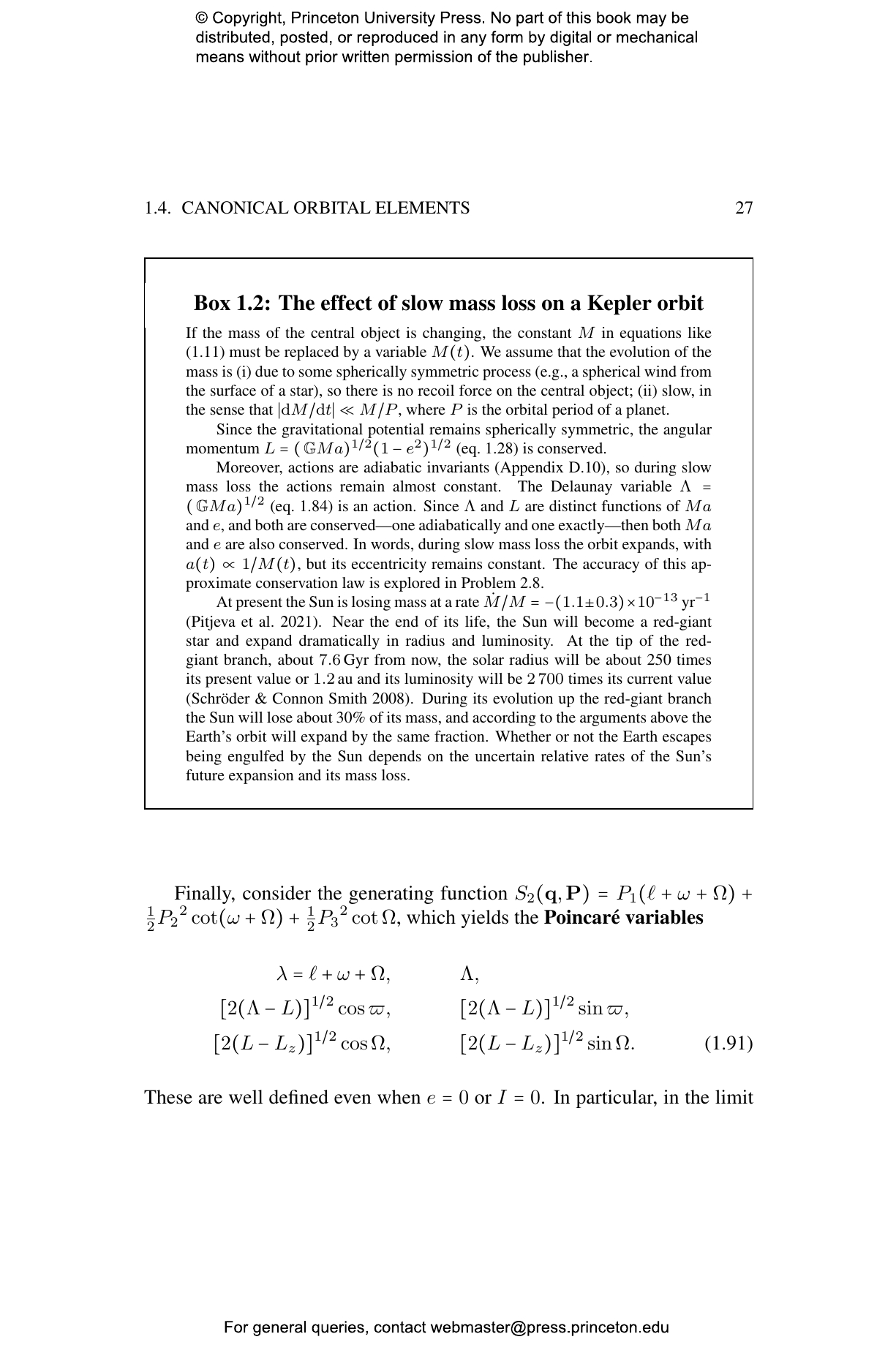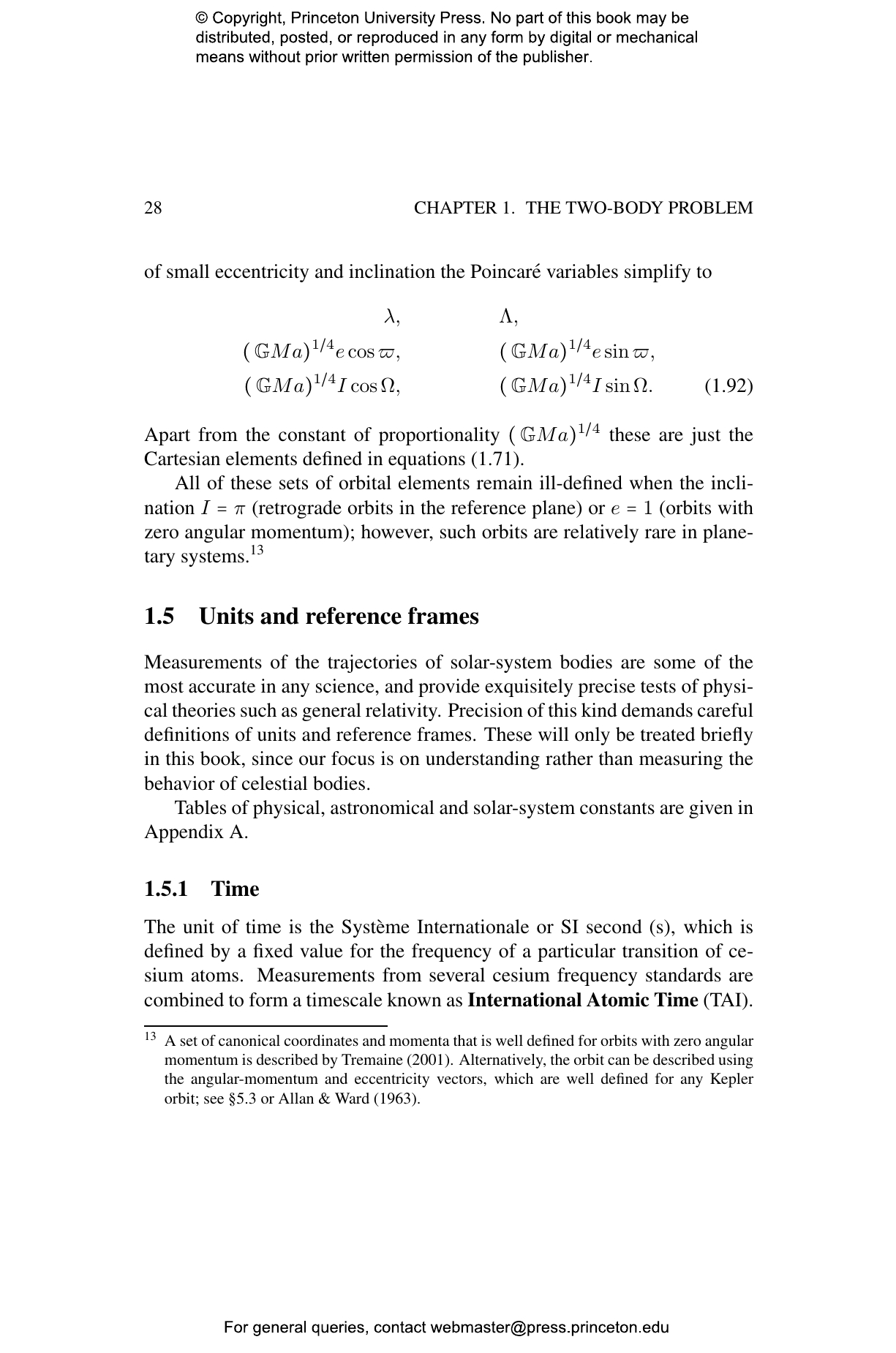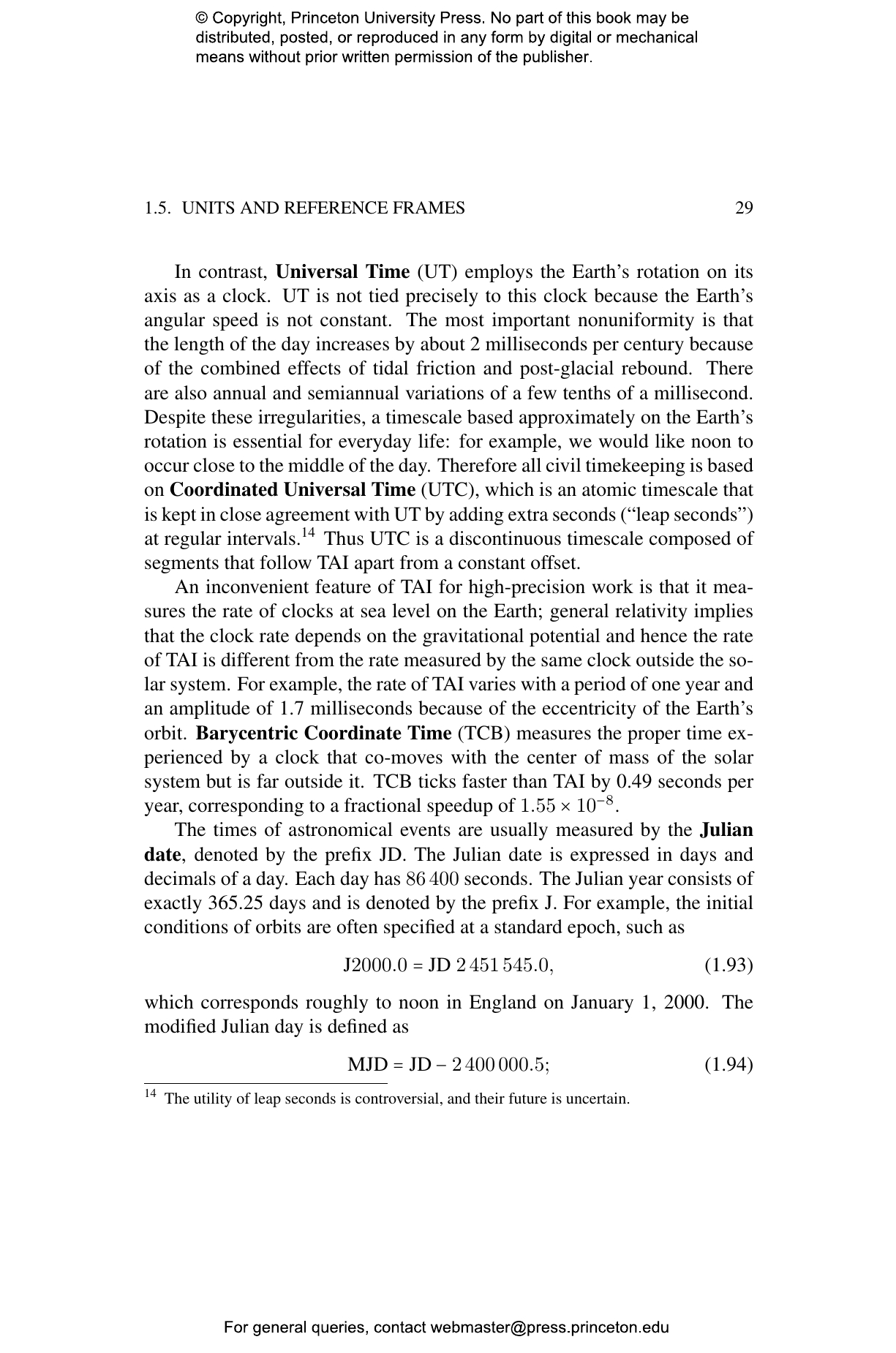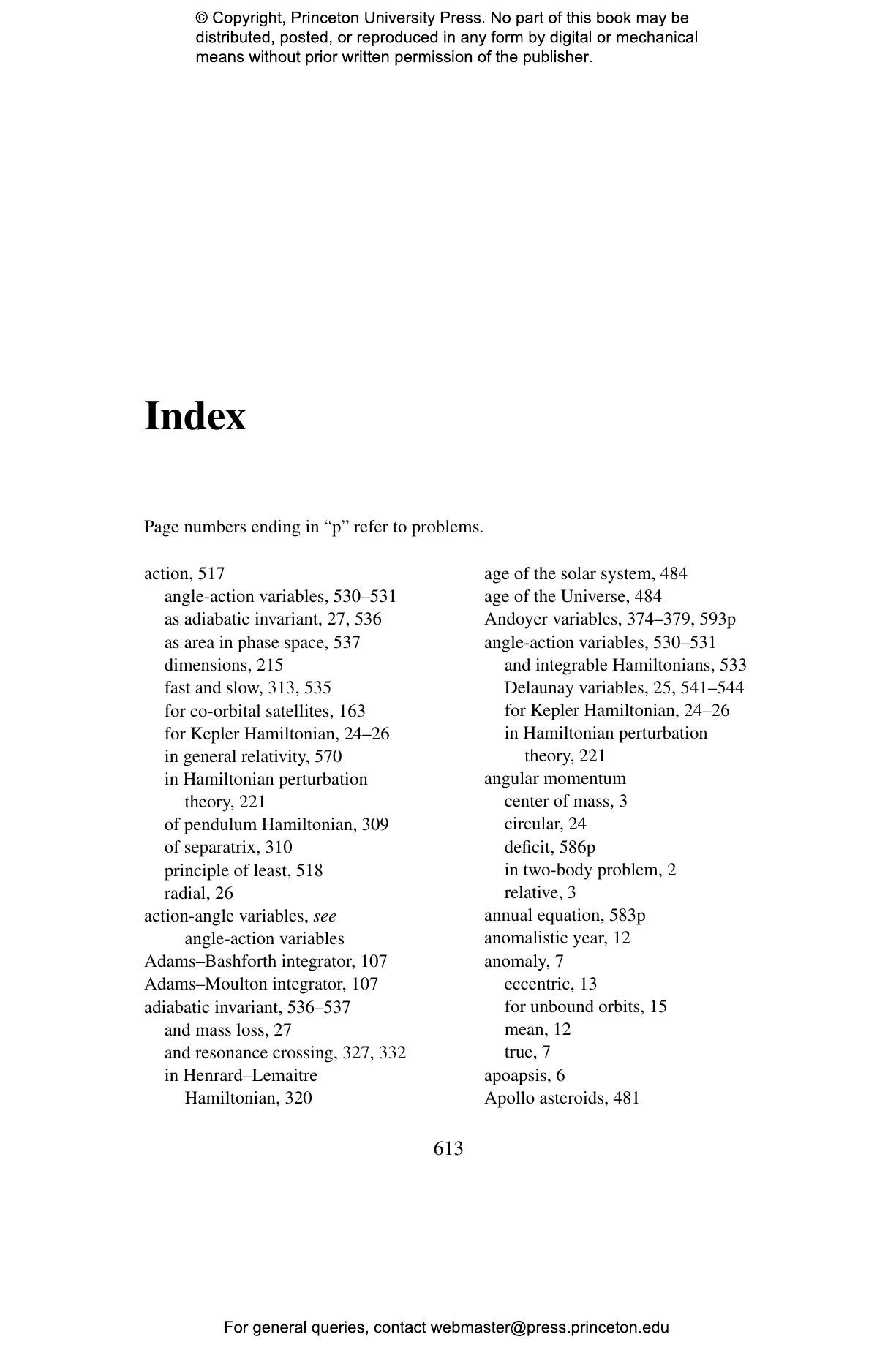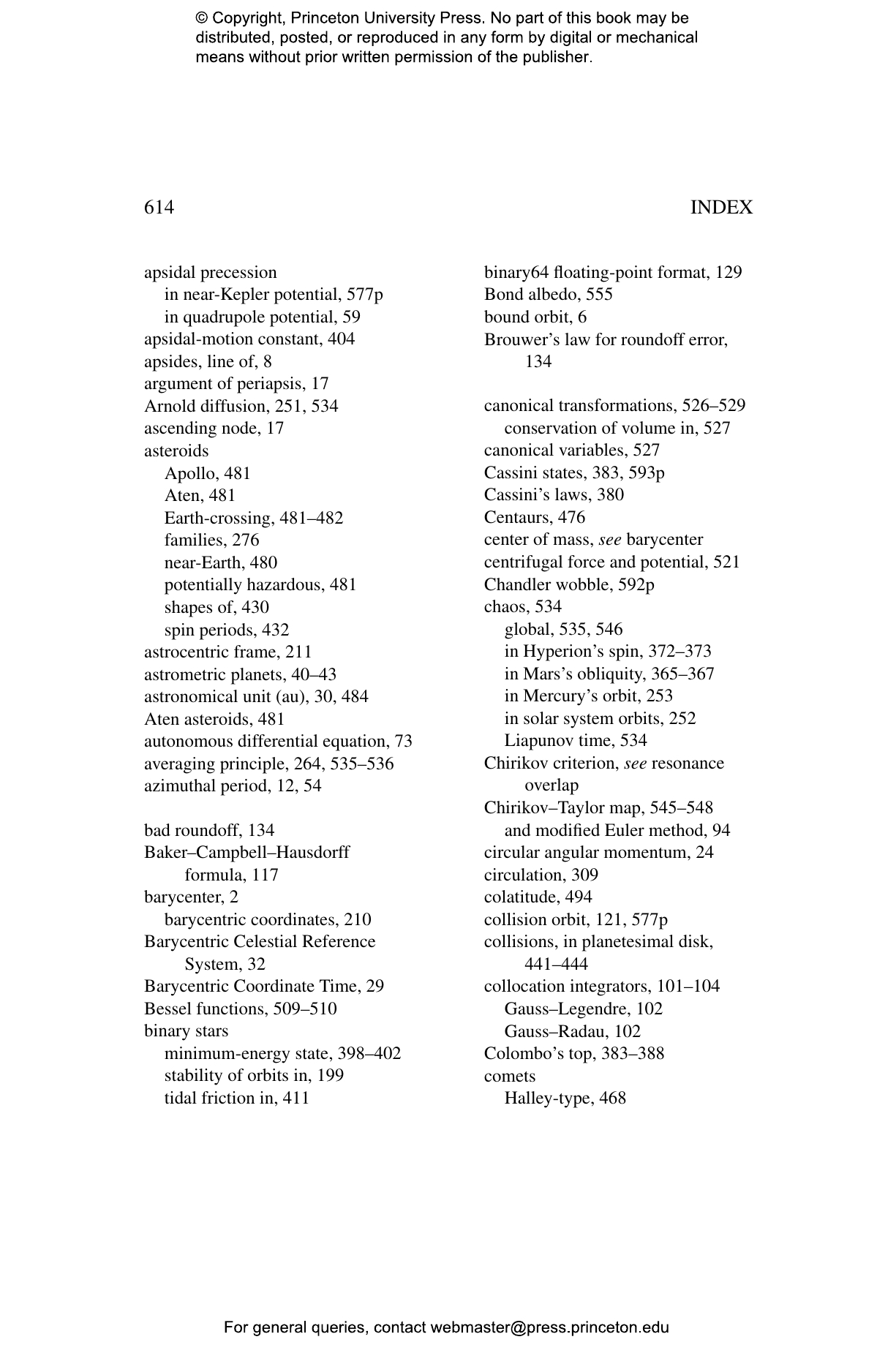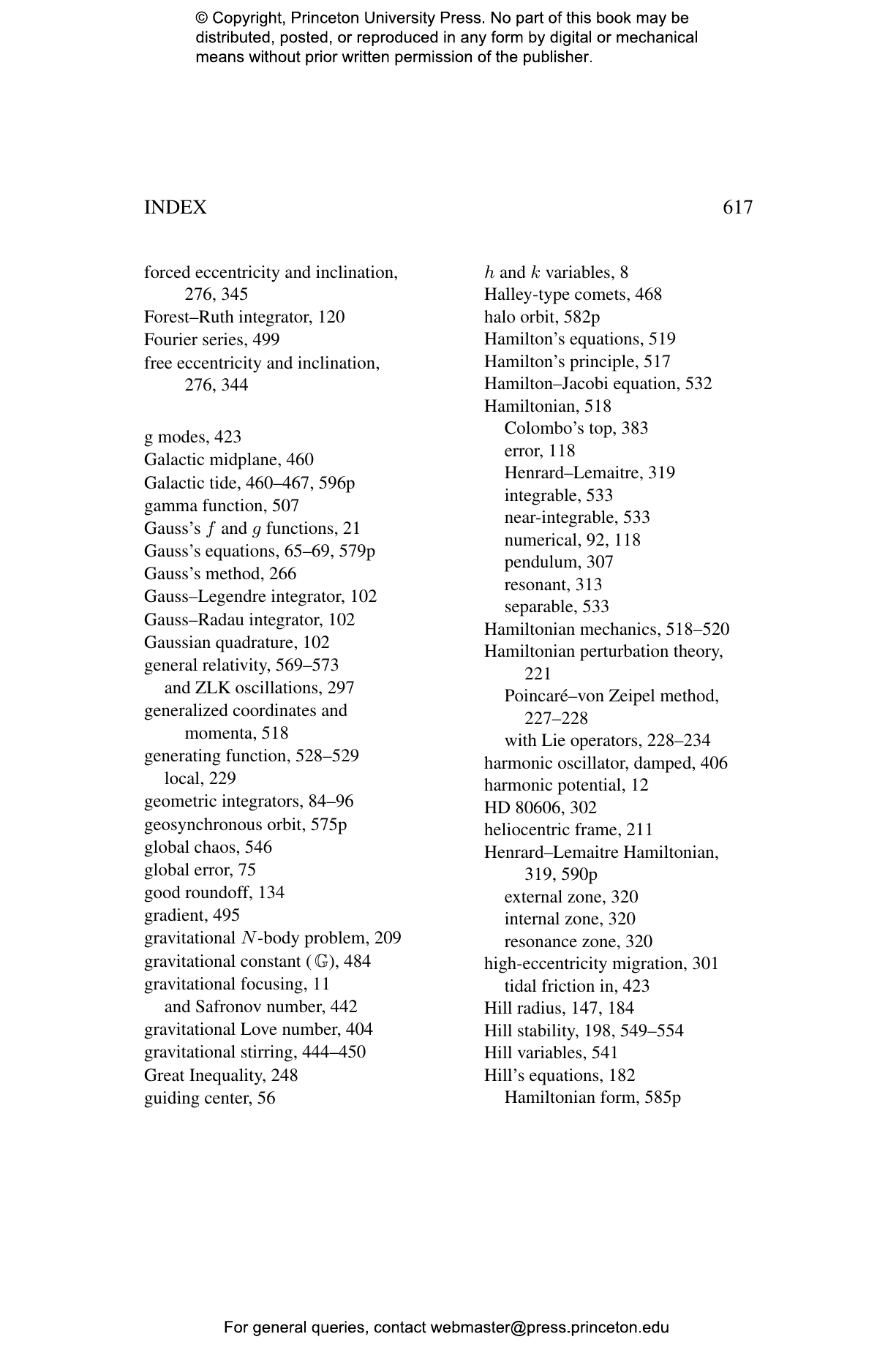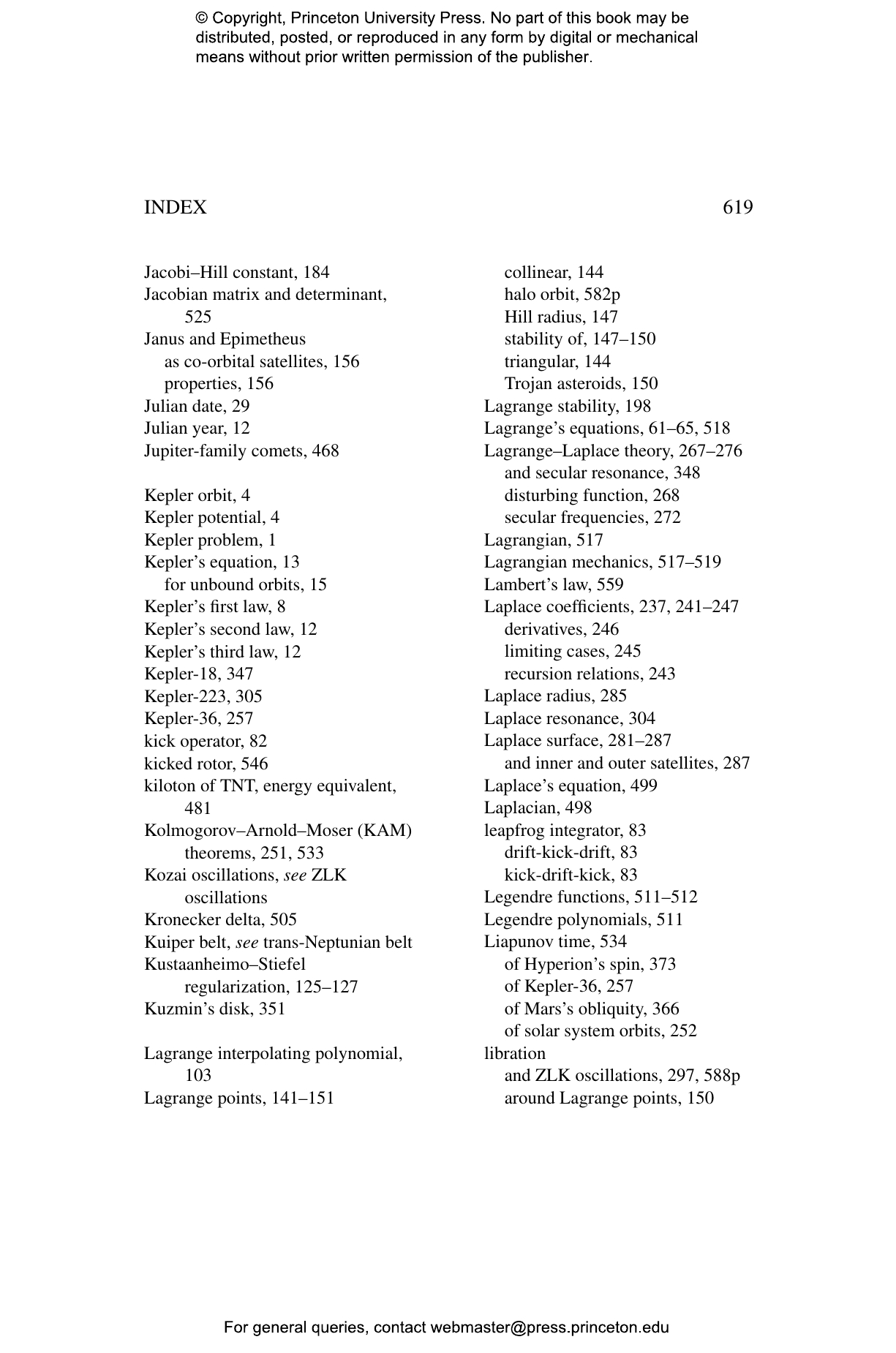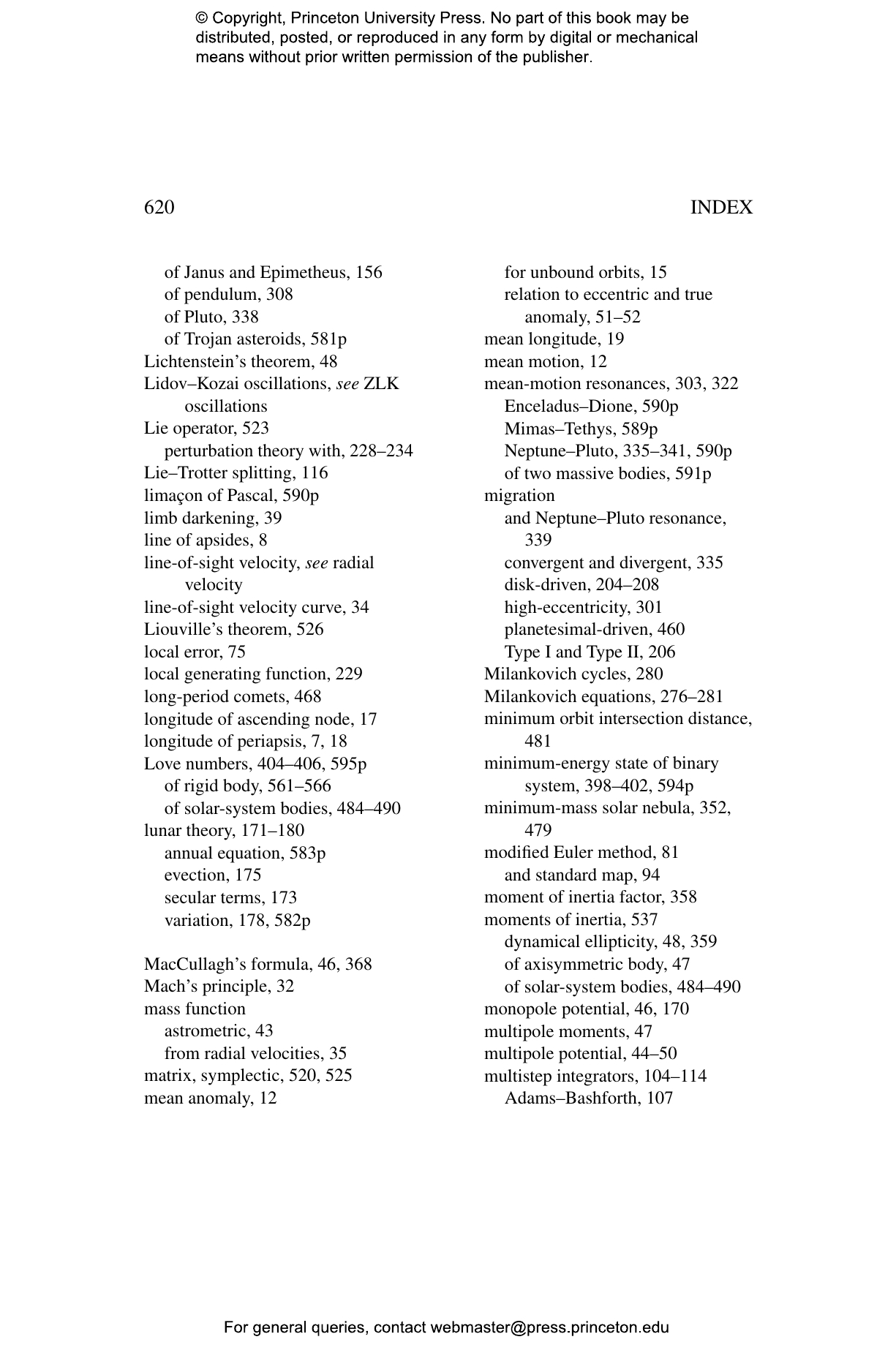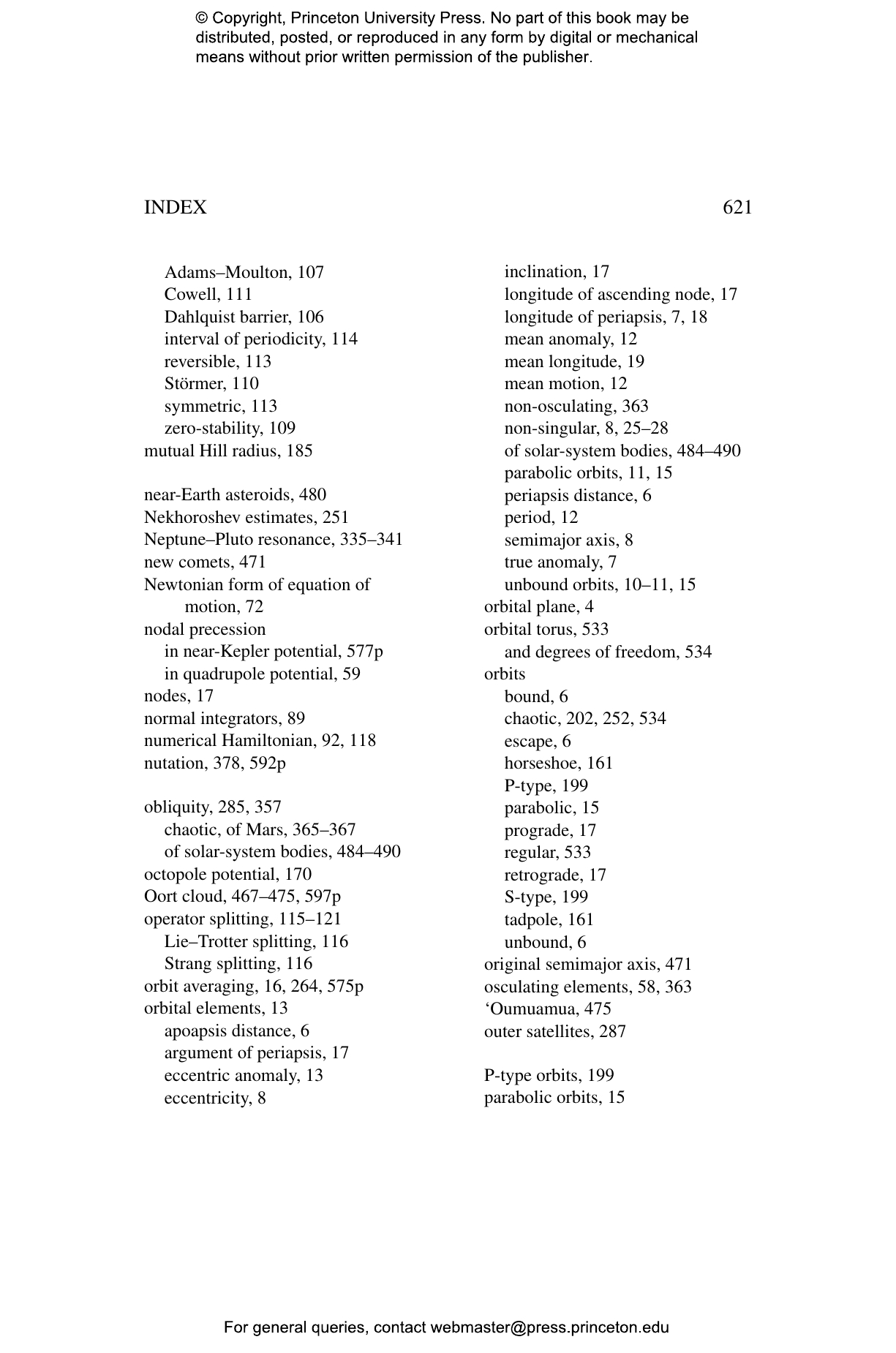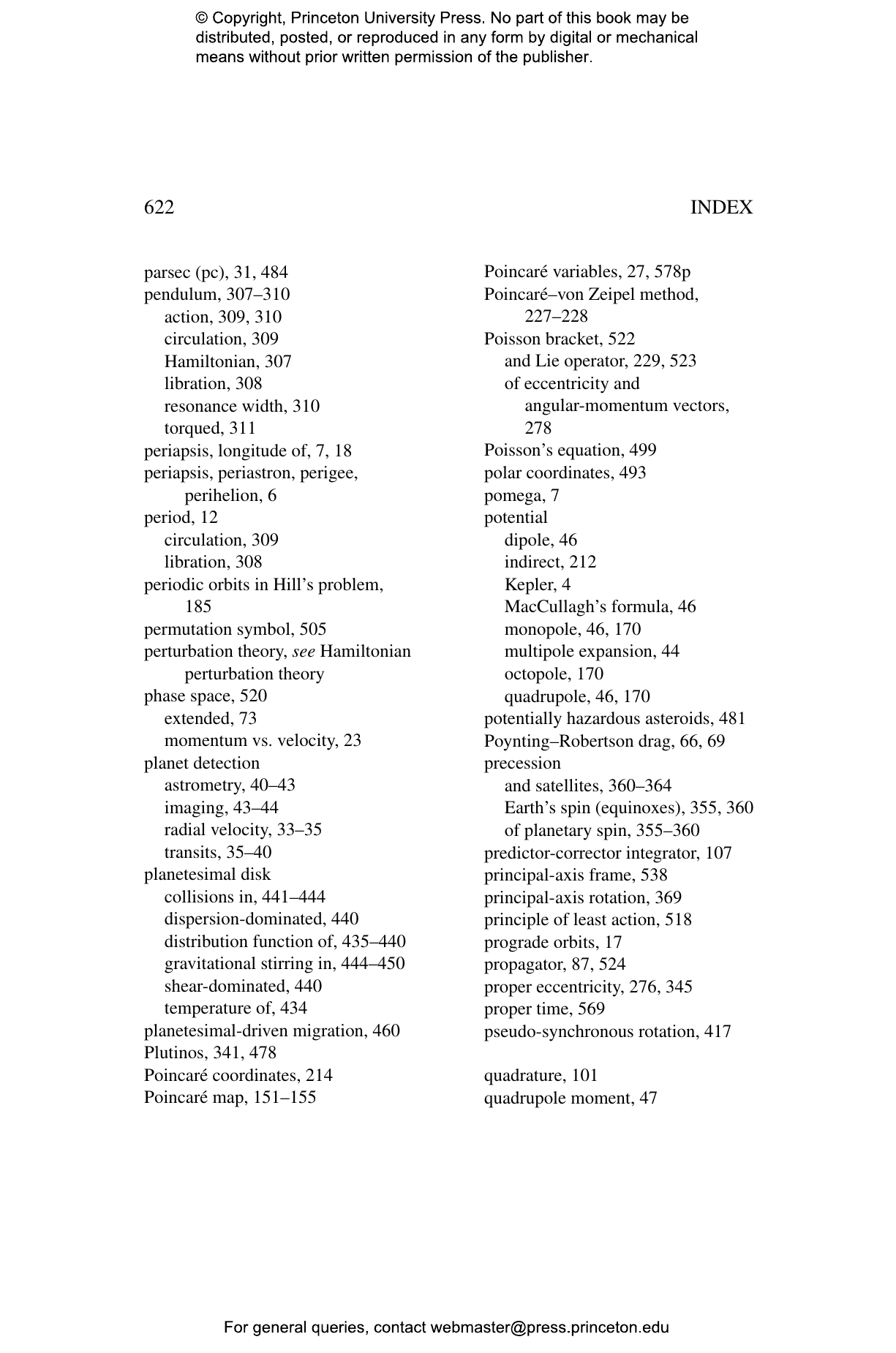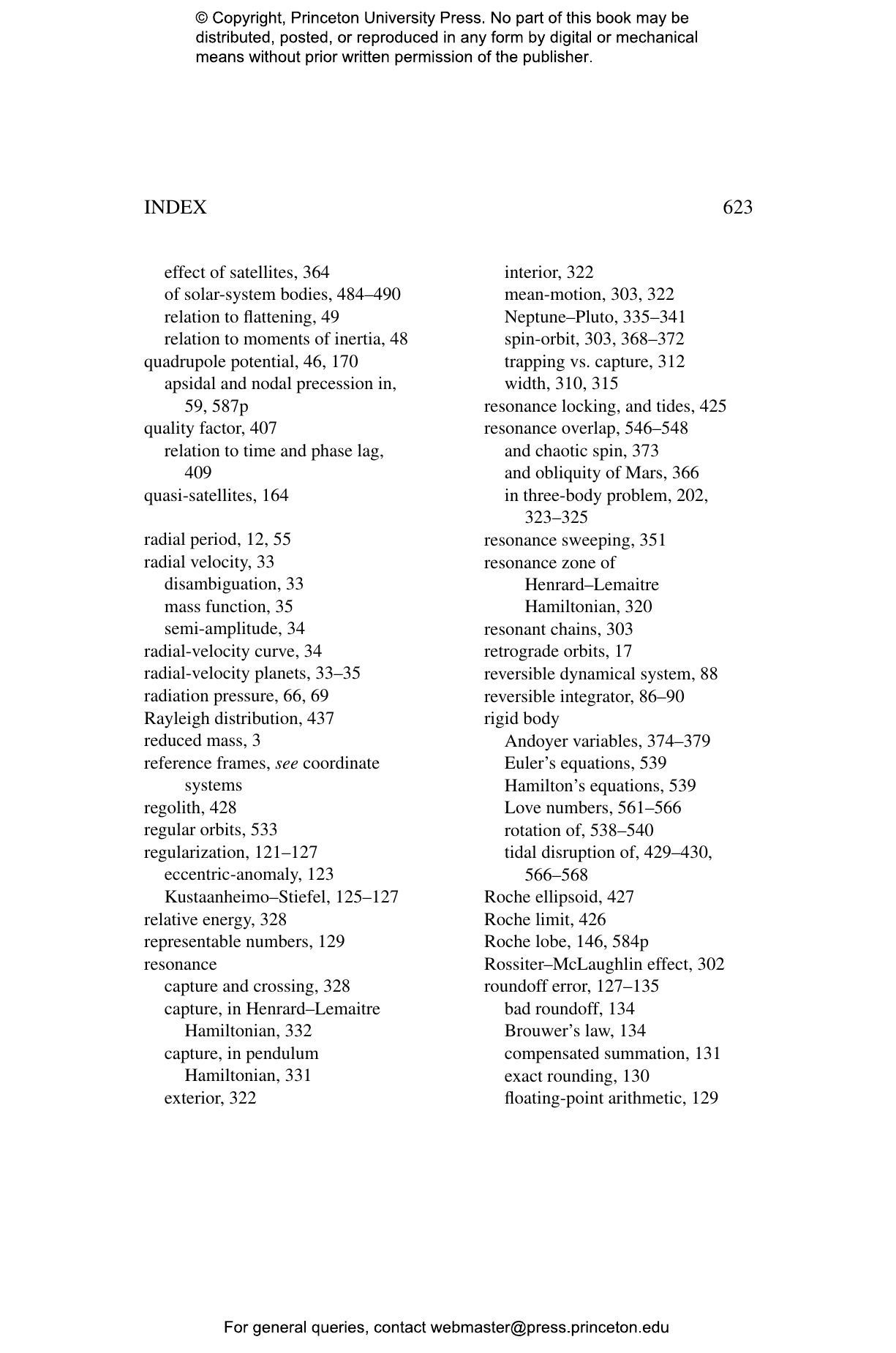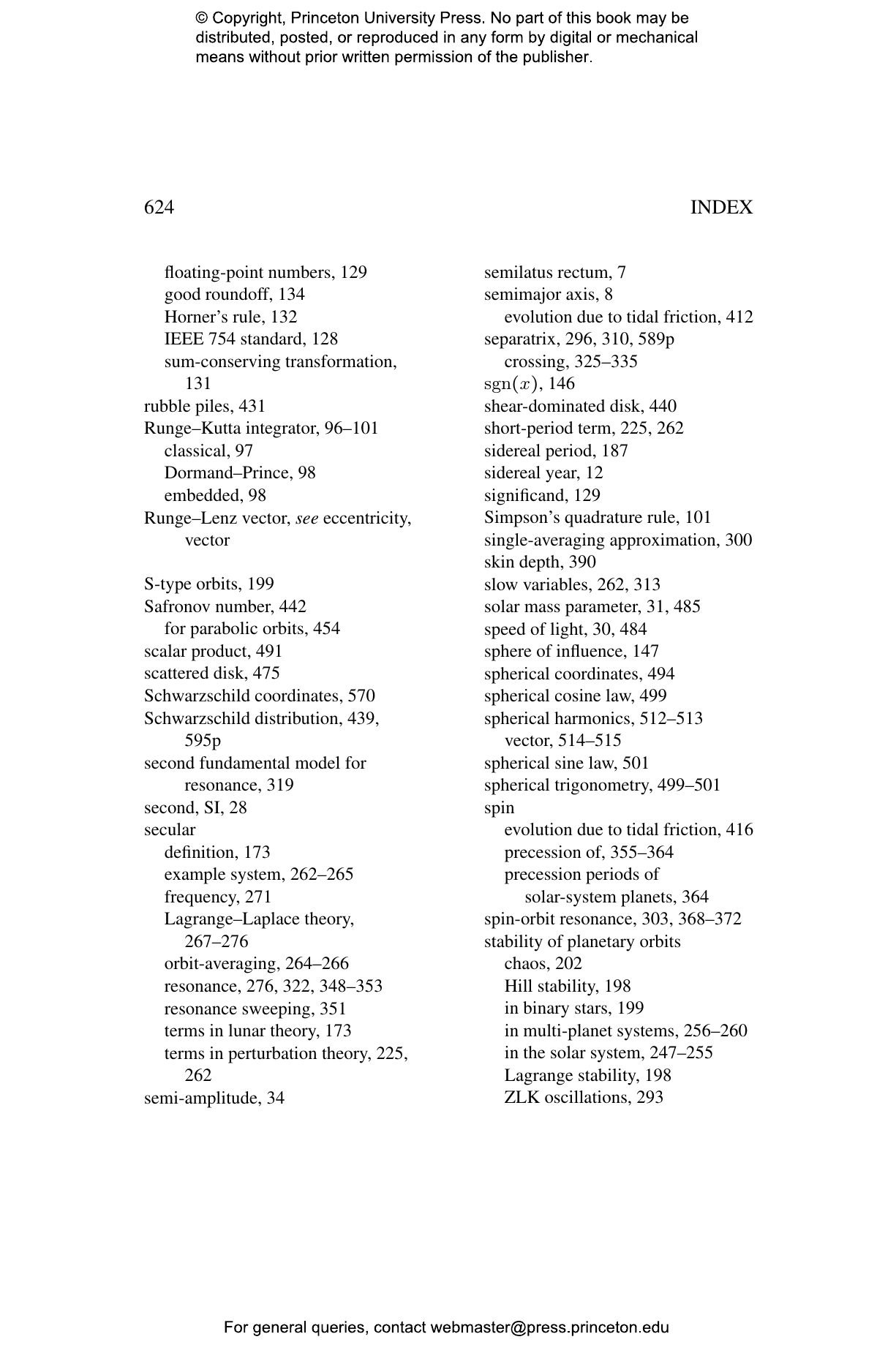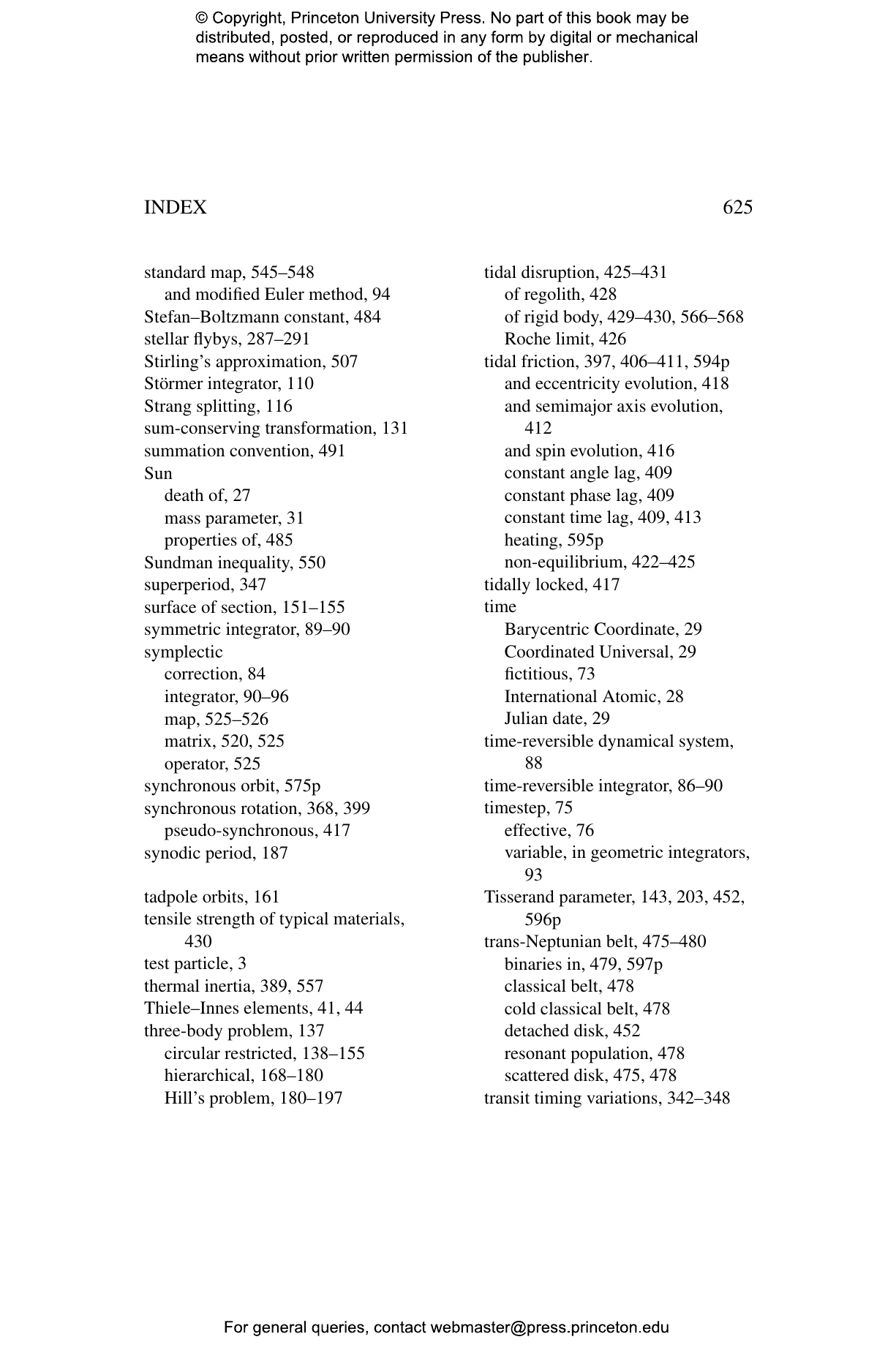Celestial mechanics—the study of the movement of planets, satellites, and smaller bodies such as comets—is one of the oldest subjects in the physical sciences. Since the mid-twentieth century, the field has experienced a renaissance due to advances in space flight, digital computing, numerical mathematics, nonlinear dynamics, and chaos theory, and the discovery of exoplanets. This modern, authoritative introduction to planetary system dynamics reflects these recent developments and discoveries and is suitable for advanced undergraduate and graduate students as well as researchers. The book treats both traditional subjects, such as the two-body and three-body problems, lunar theory, and Hamiltonian perturbation theory, as well as a diverse range of other topics, including chaos in the solar system, comet dynamics, extrasolar planets, planetesimal dynamics, resonances, tidal friction and disruption, and more. The book provides readers with all the core concepts, tools, and methods needed to conduct research in the subject.
- Provides an authoritative introduction that reflects recent advances in the field
- Topics treated include Andoyer variables, co-orbital satellites and quasi-satellites, Hill’s problem, the Milankovich equations, Colombo’s top and Cassini states, the Yarkovsky and YORP effects, orbit determination for extrasolar planets, and more
- More than 100 end-of-book problems elaborate on concepts not fully covered in the main text
- Appendixes summarize the necessary background material
- Suitable for advanced undergraduates and graduate students; some knowledge of Hamiltonian mechanics and methods of mathematical physics (vectors, matrices, special functions, etc.) required
- Solutions manual available on request for instructors who adopt the book for a course
Awards and Recognition
- Winner of the PROSE Award in Chemistry, Physics, Astronomy, and Cosmology Texbooks, Association of American Publishers
- Finalist for the PROSE Award in Chemistry, Physics, Astronomy, and Cosmology, Association of American Publishers
Scott Tremaine is Professor Emeritus at the Institute for Advanced Study in Princeton and a member of the Royal Society of London, the Royal Society of Canada, and the US National Academy of Sciences. He is the author (with James Binney) of Galactic Dynamics (Princeton).
“An excellent authoritative introduction to modern celestial mechanics that stands as a uniquely accessible guide to the interested student as well as to the professional astronomer/astrophysicist. Professor Tremaine is among the leaders in the field of planetary dynamics, a highly respected scholar, and a very influential mentor to many.”—Renu Malhotra, Regents Professor, University of Arizona
“This book is clearly destined to become a major resource in the field. I would strongly recommend it as essential reading for any student intending to study planetary system dynamics at the graduate level and beyond.”—Mark Wyatt, Professor of Astrophysics, Institute of Astronomy, University of Cambridge
"A quite impressive book. Through well-woven text and equations, Dynamics of Planetary Systems provides excellent explanations of the physical processes responsible for planetary motions as well as presenting both analytic and modern numerical techniques used to solve specific problems."—Jack Lissauer, Stanford University
“Dynamics of Planetary Systems thoroughly incorporates recent advances in the field and lays crucial background for understanding them while emphasizing the fundamentals of the dynamics discipline, making it sure to remain a valuable resource for interpreting whatever surprises await us in the next decades.”—Rebekah Ilene Dawson, Pennsylvania State University
“Thirty-five years after Binney and Tremaine’s compendium on galactic dynamics, Scott Tremaine presents a compelling book on planetary dynamics. Focusing on concepts and methods rather than modern results, the book provides the information needed for students and young researchers to launch themselves into the thriving field of the dynamical evolution of planetary (and satellite) systems.”—Alessandro Morbidelli, CNRS, Observatoire de la Côte d'Azur
“Artfully balancing breadth with depth, and abundant with deep insights, unorthodox approaches, and numerous practical examples based on real astrophysical problems, Dynamics of Planetary Systems can be used as a comprehensive teaching tool and as an authoritative reference for professional researchers.”—Roman Rafikov, University of Cambridge
“Tremaine’s clarity of exposition and incisive problem-solving makes his new treatment of planetary dynamics a pleasure to read and invaluable as a reference. It contains the concepts and methods needed to embark on new research projects in this field.”—Daniel Fabrycky, University of Chicago
